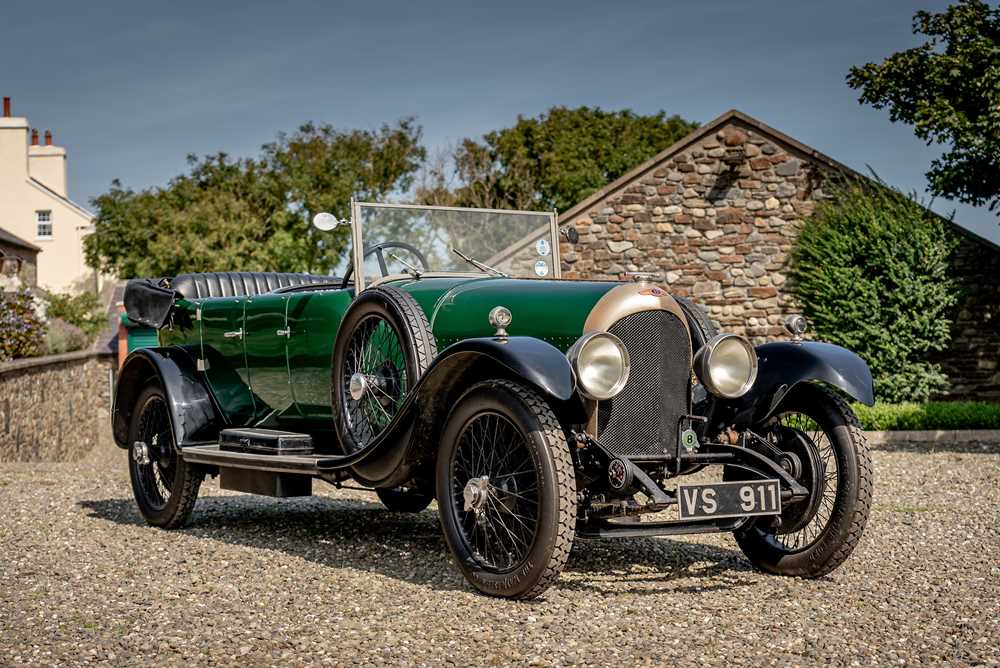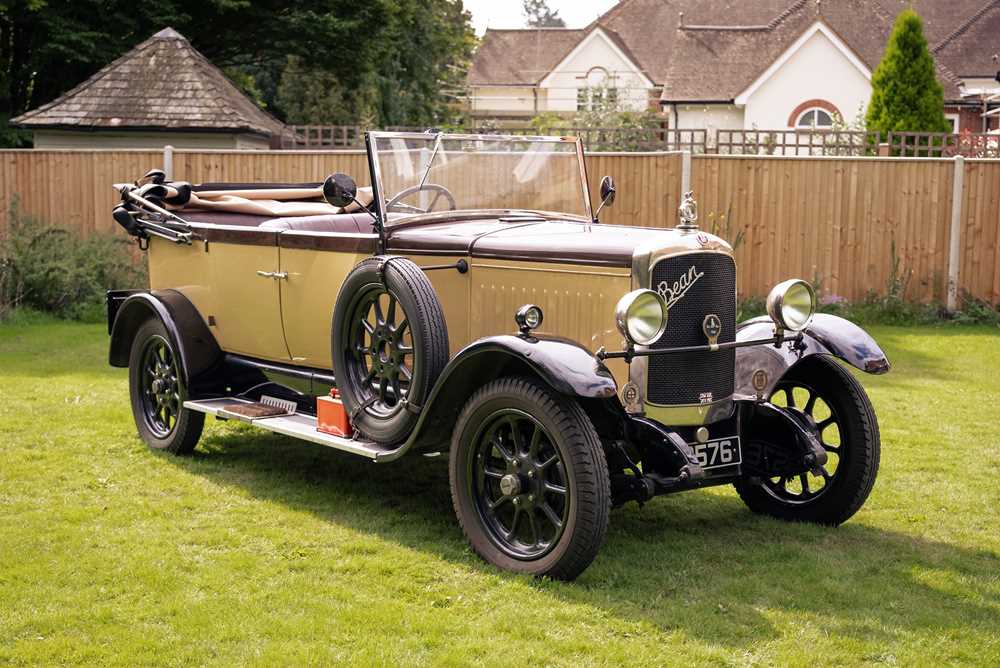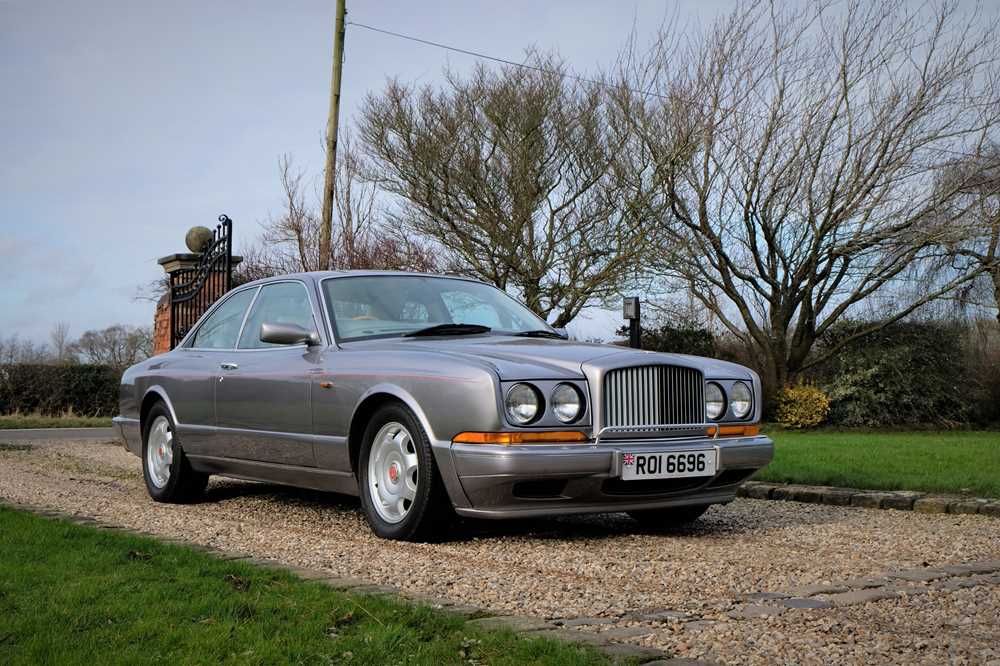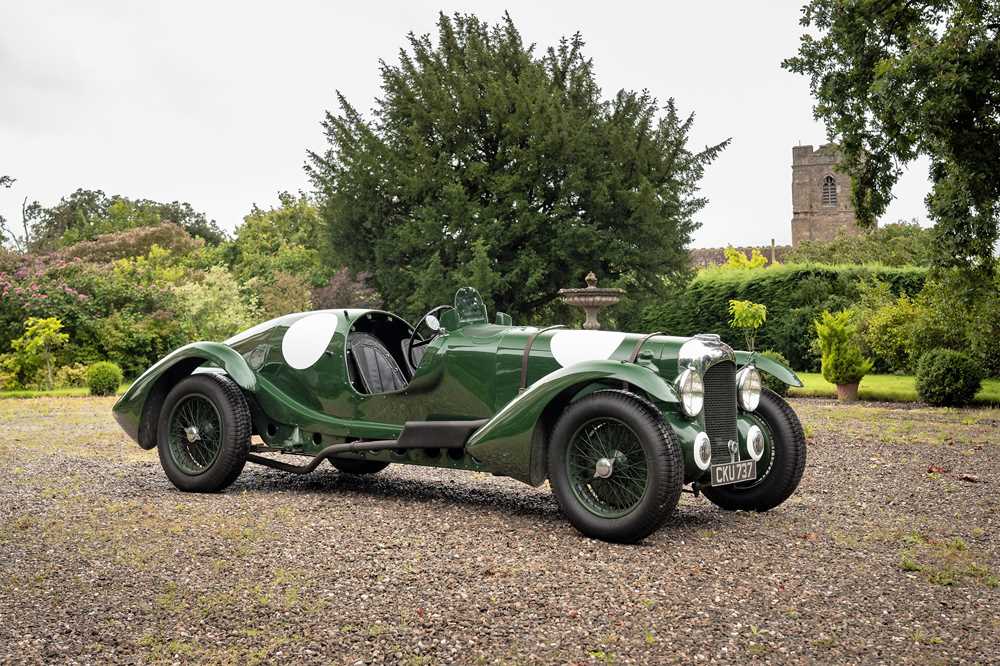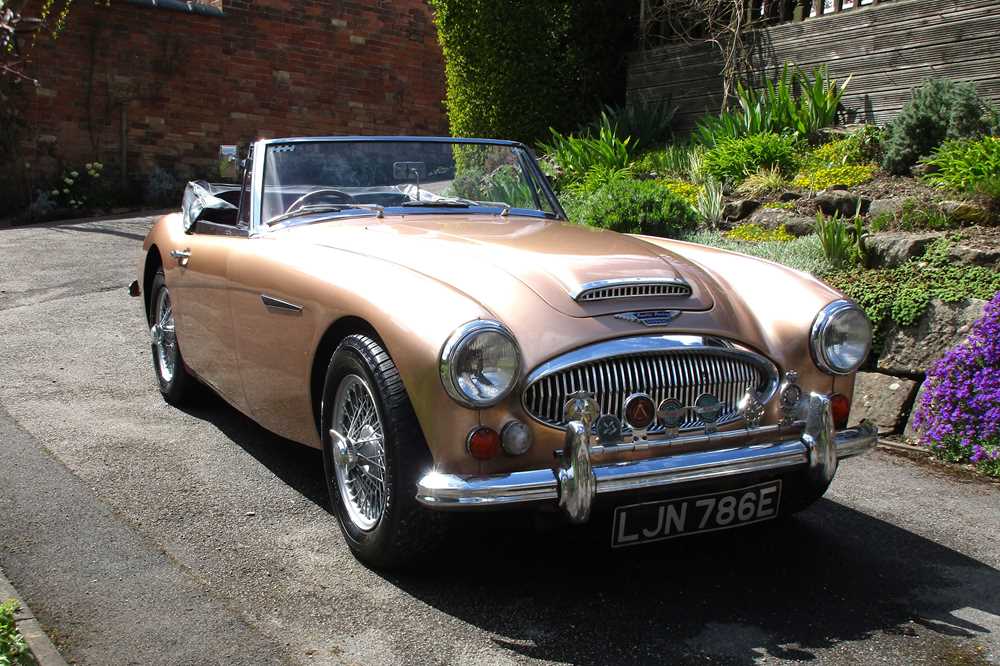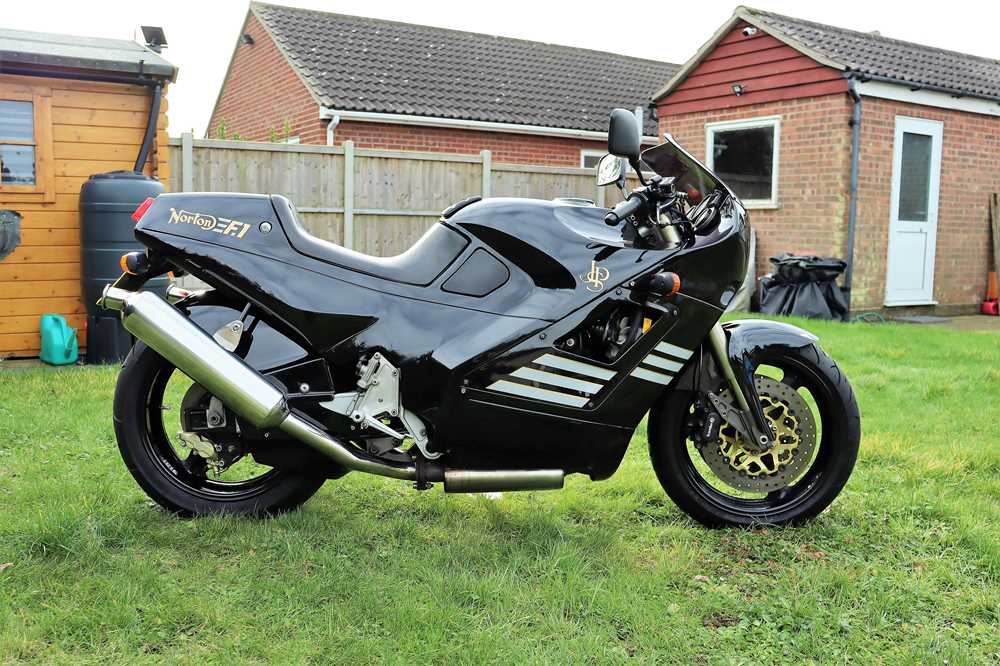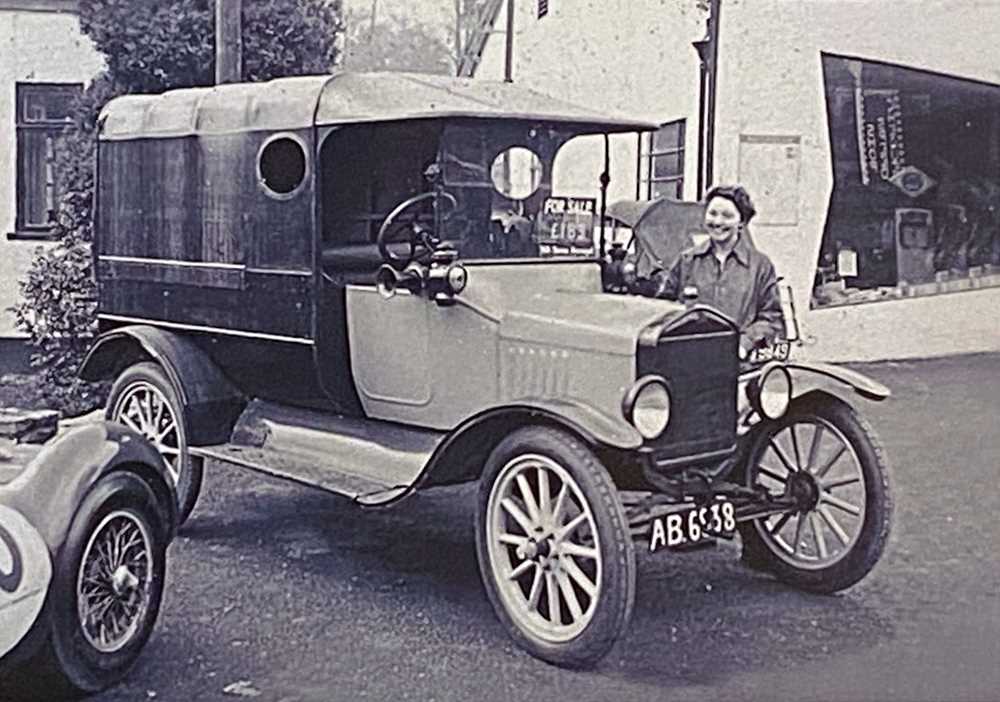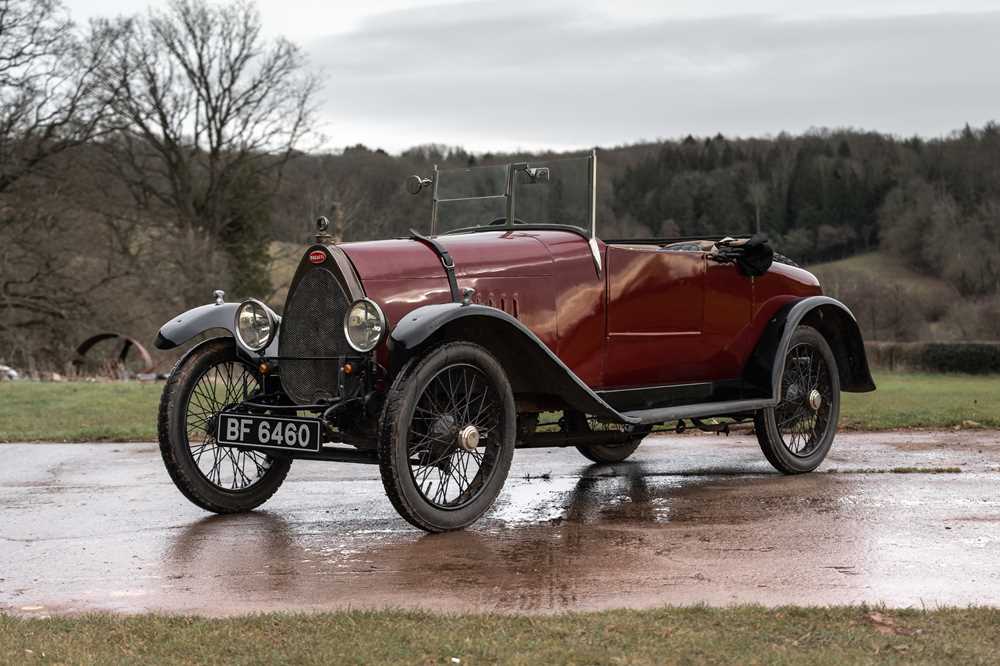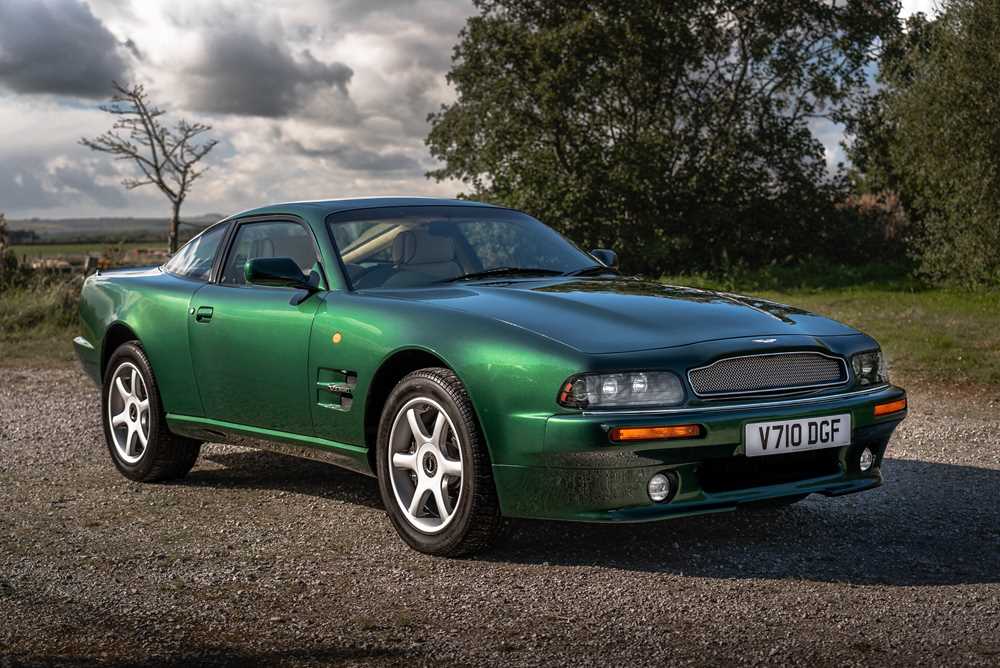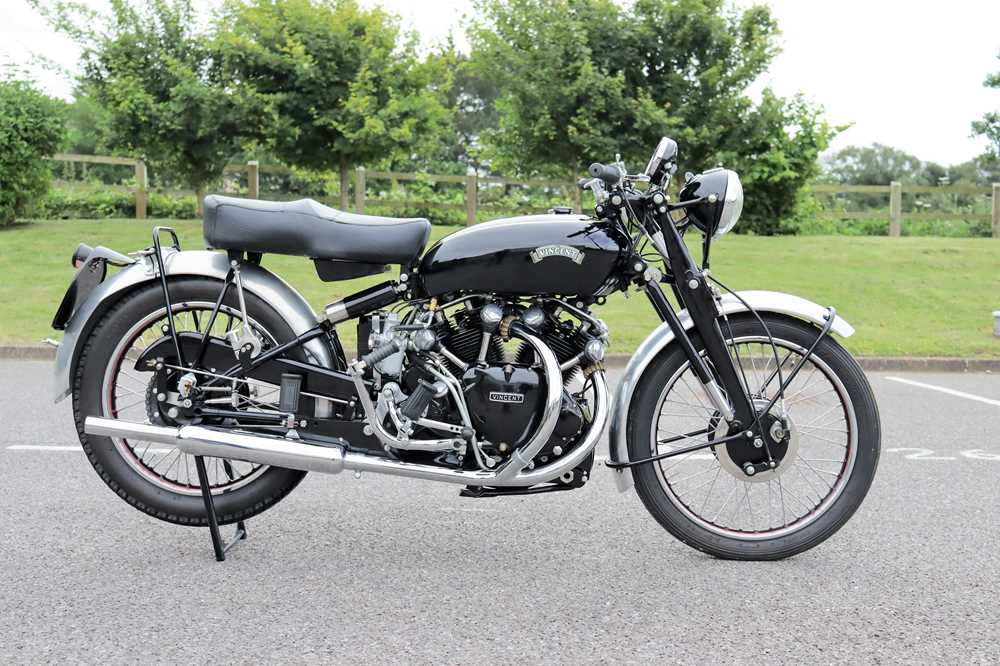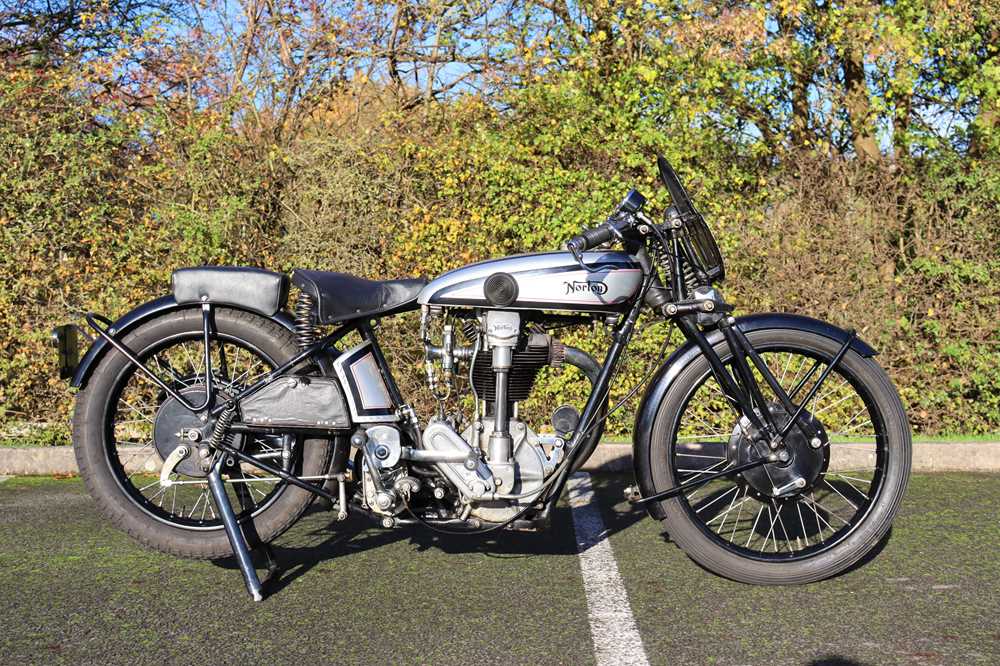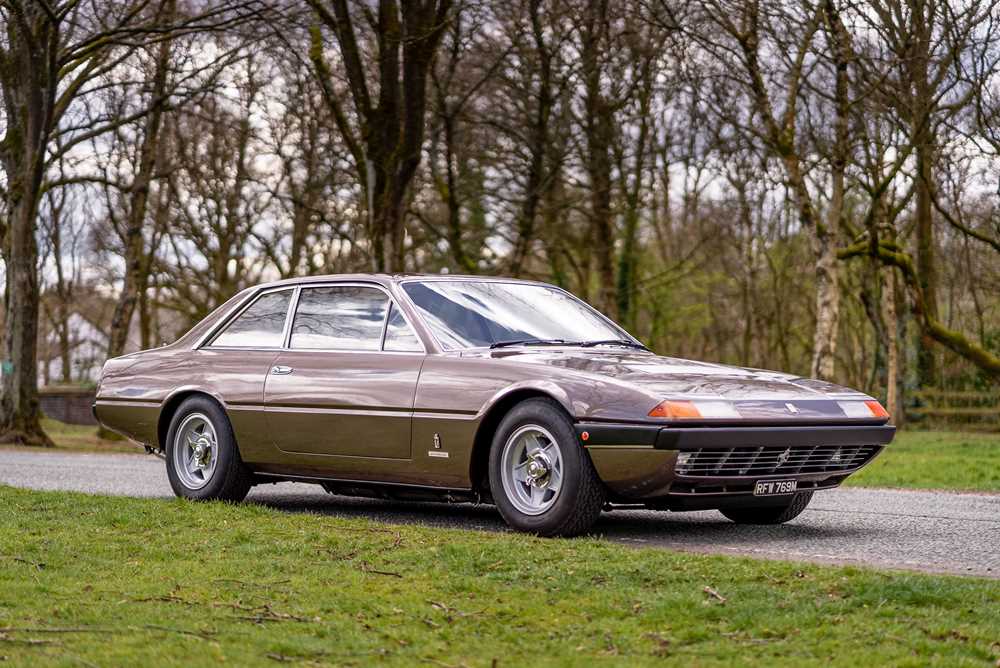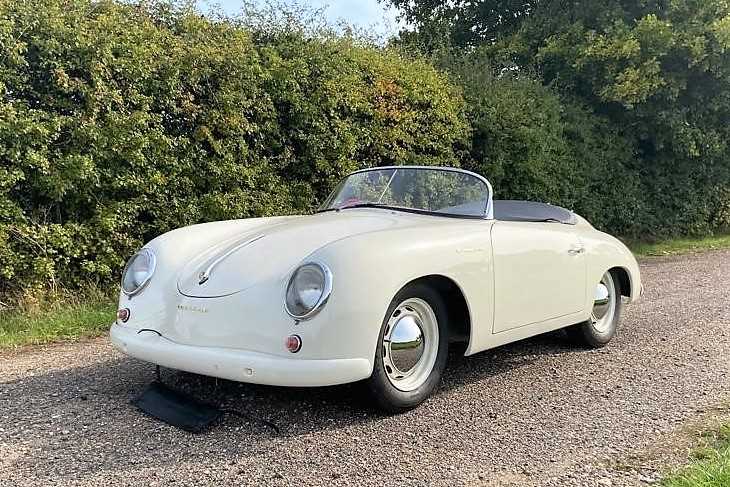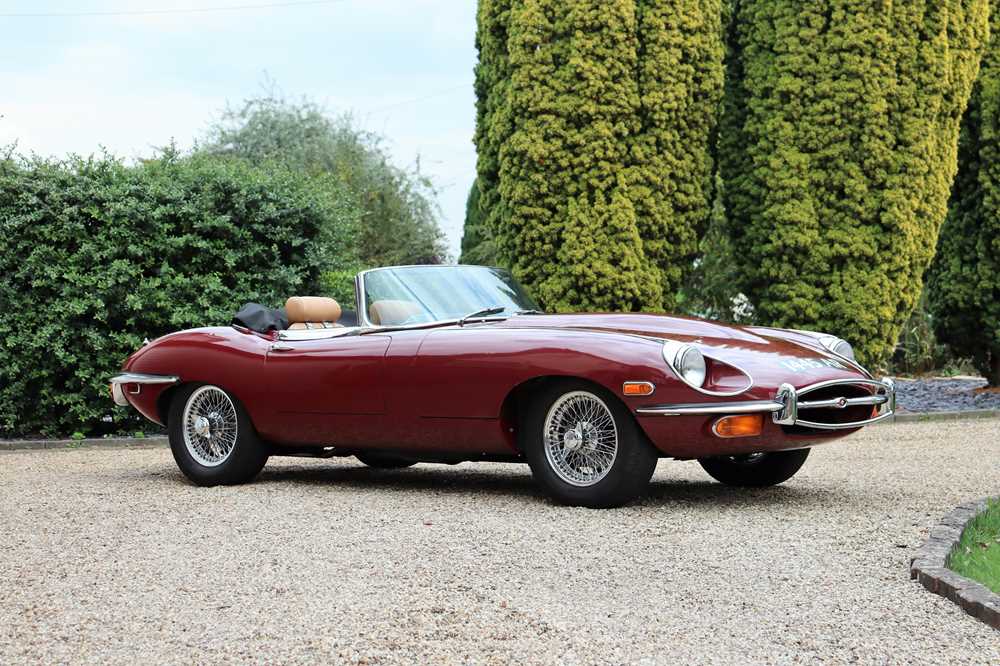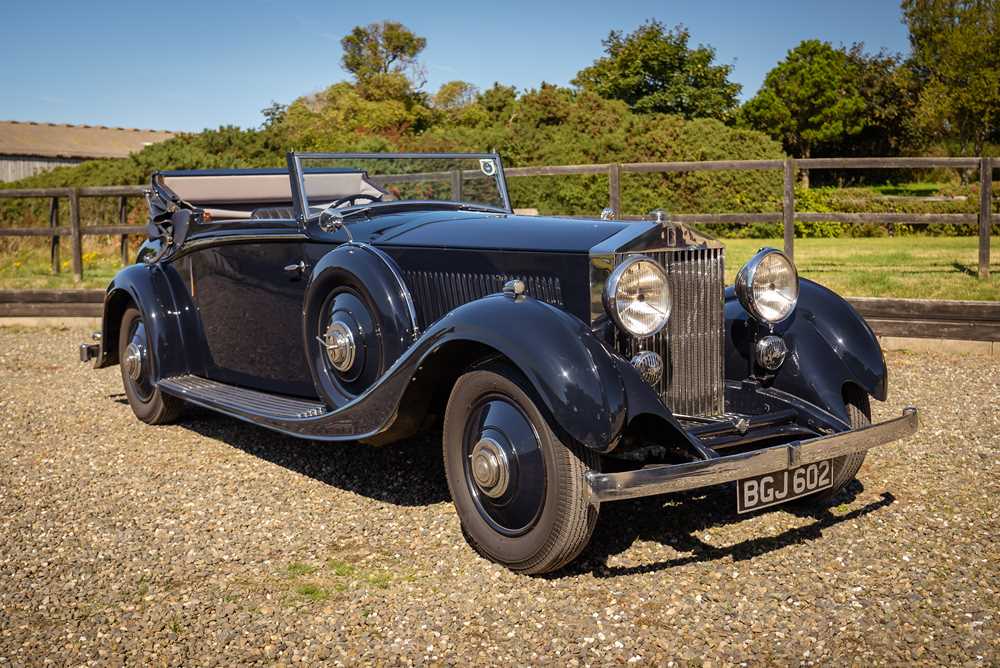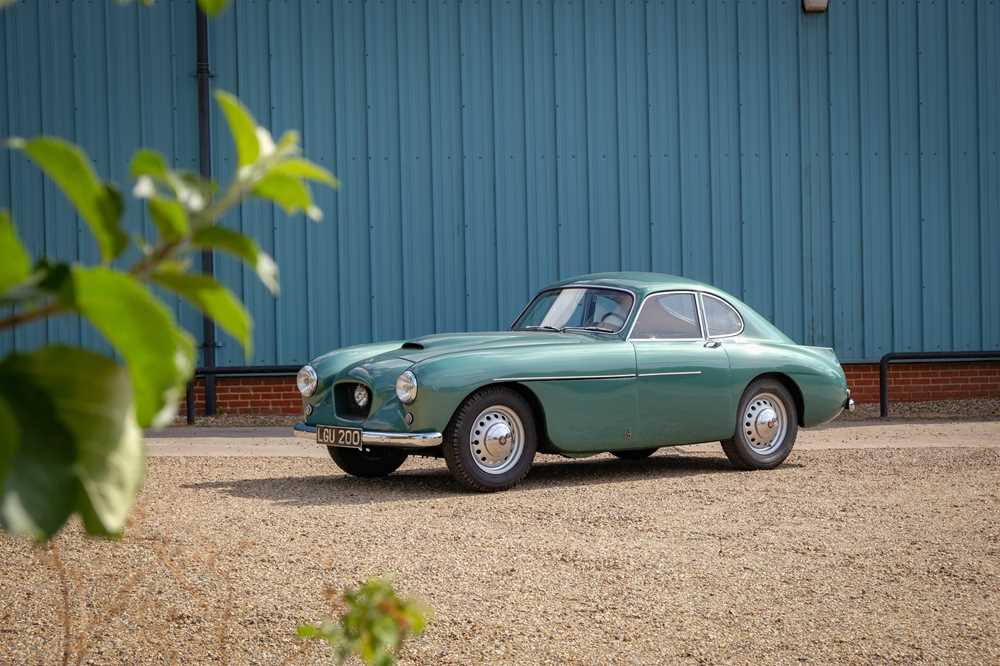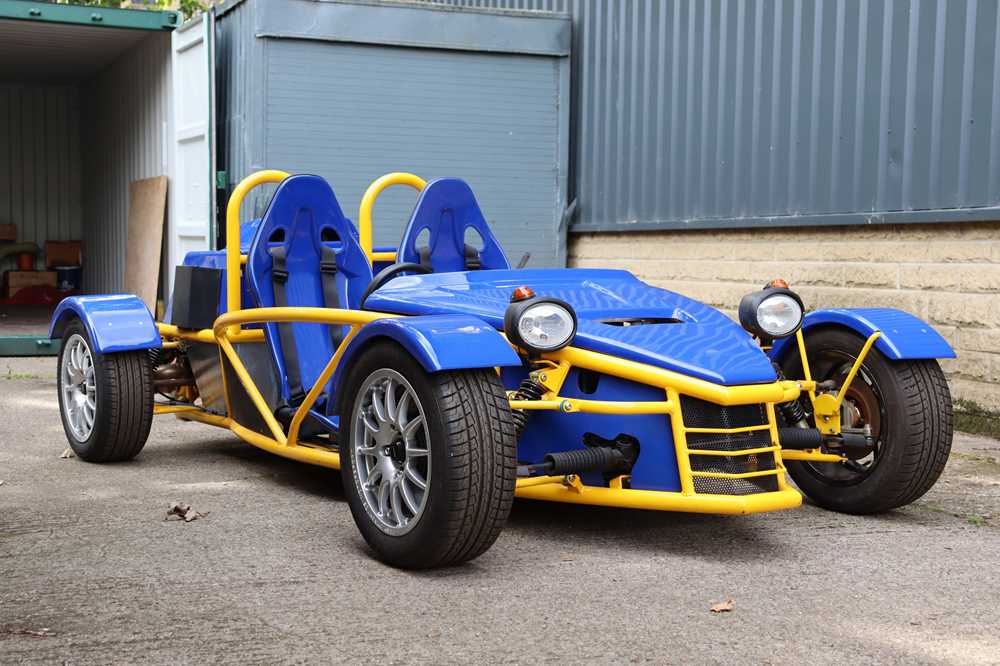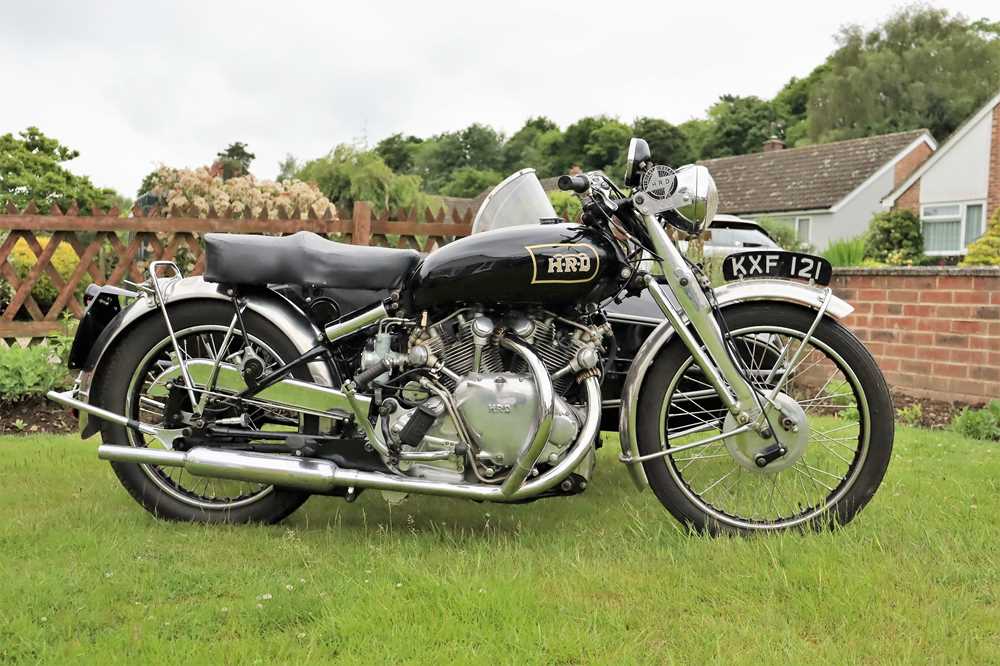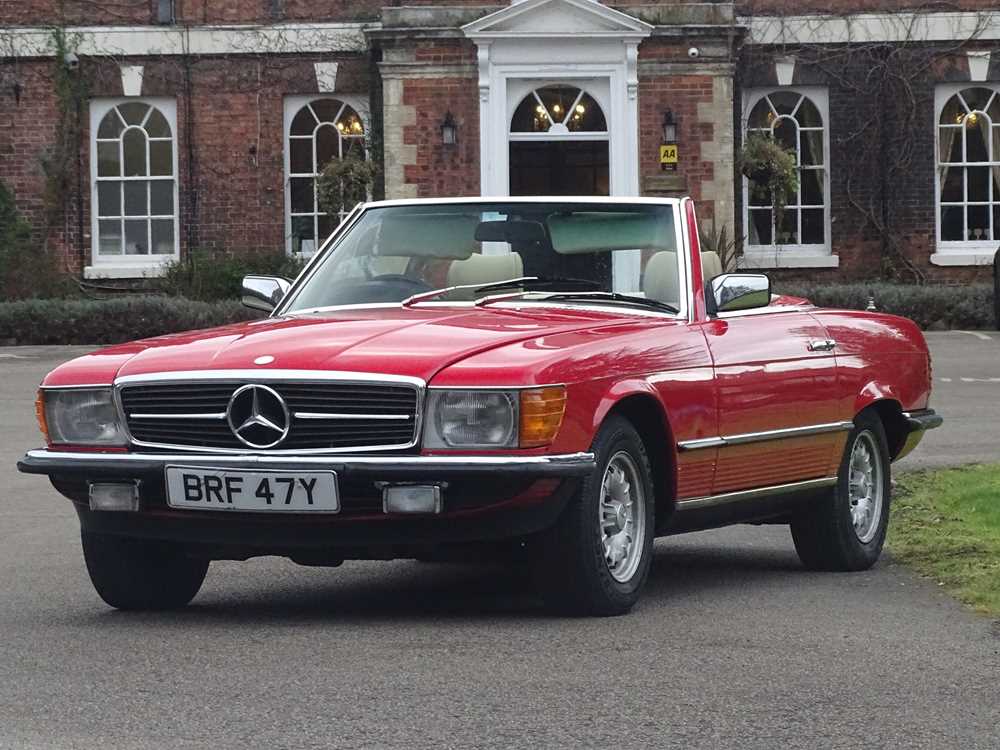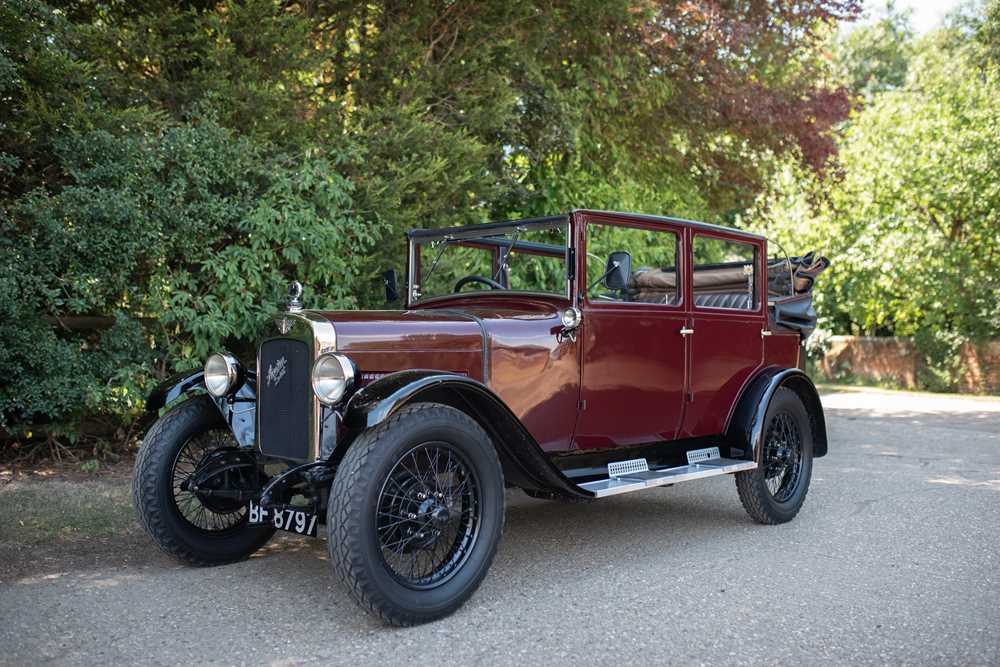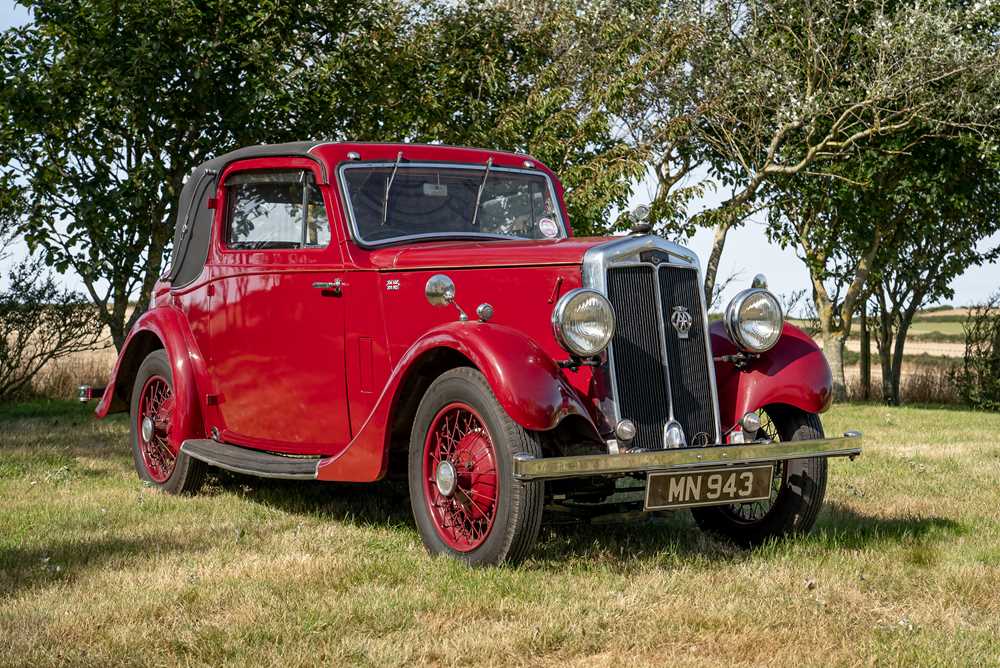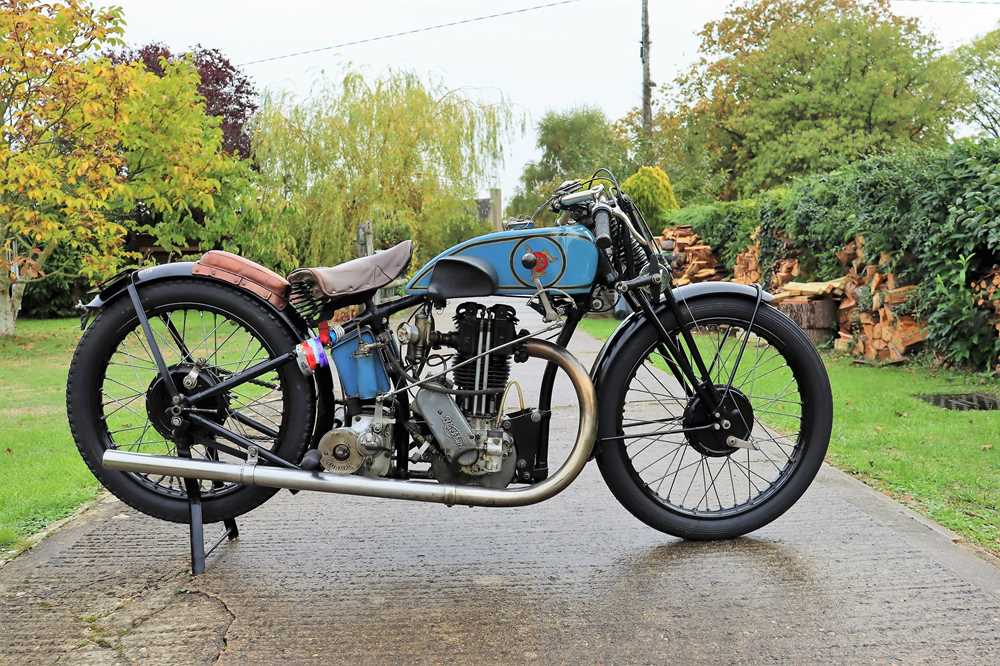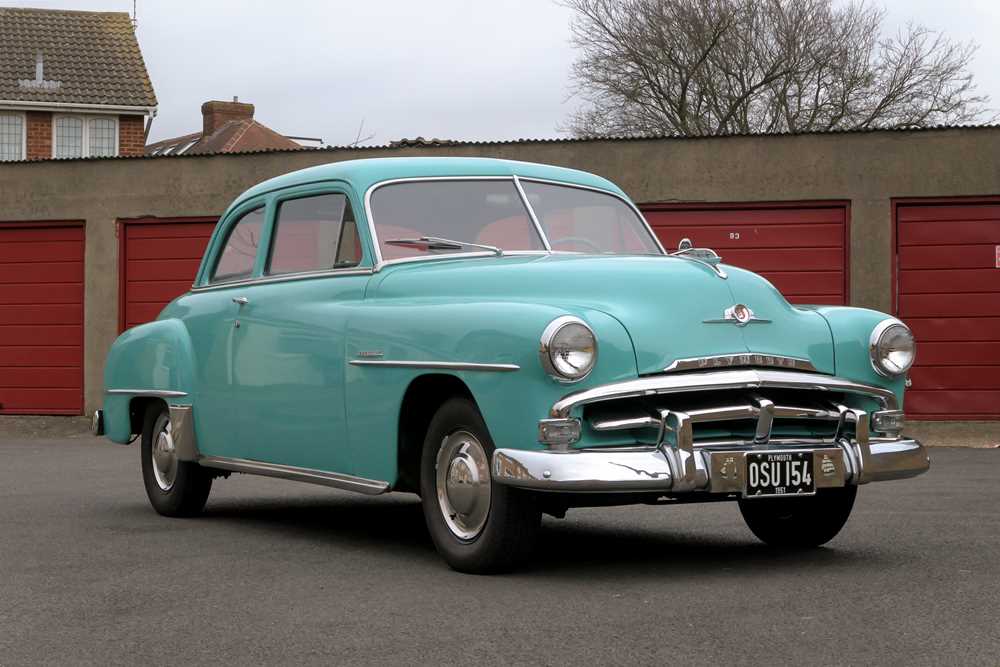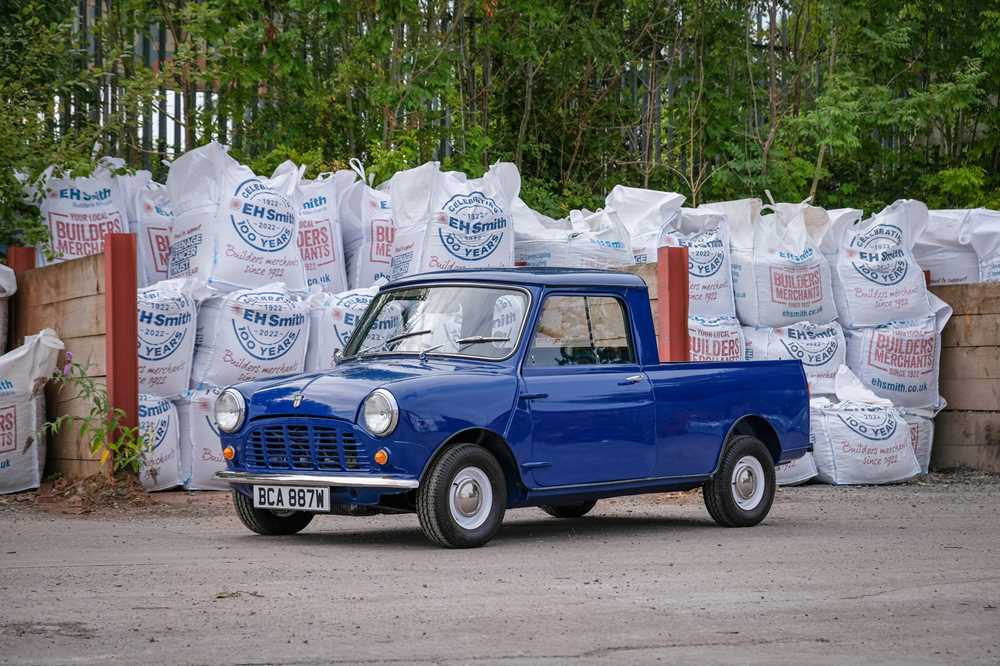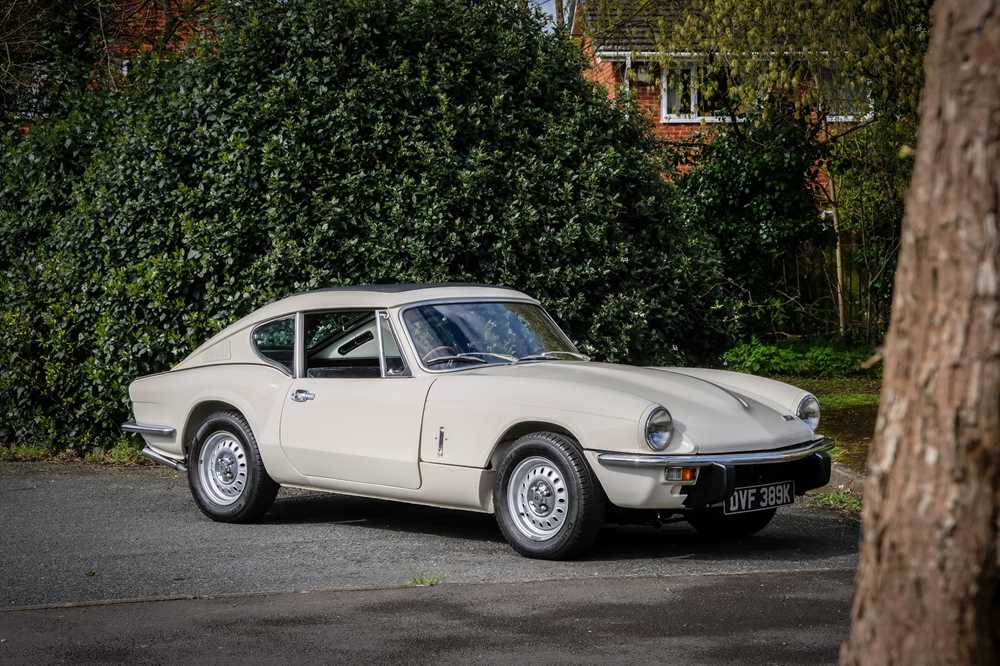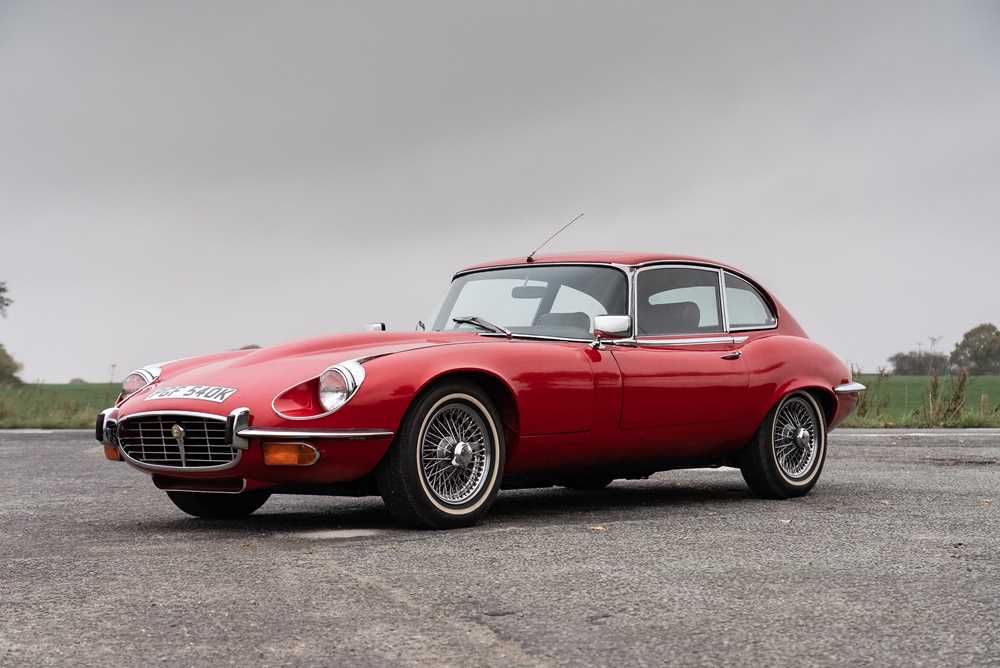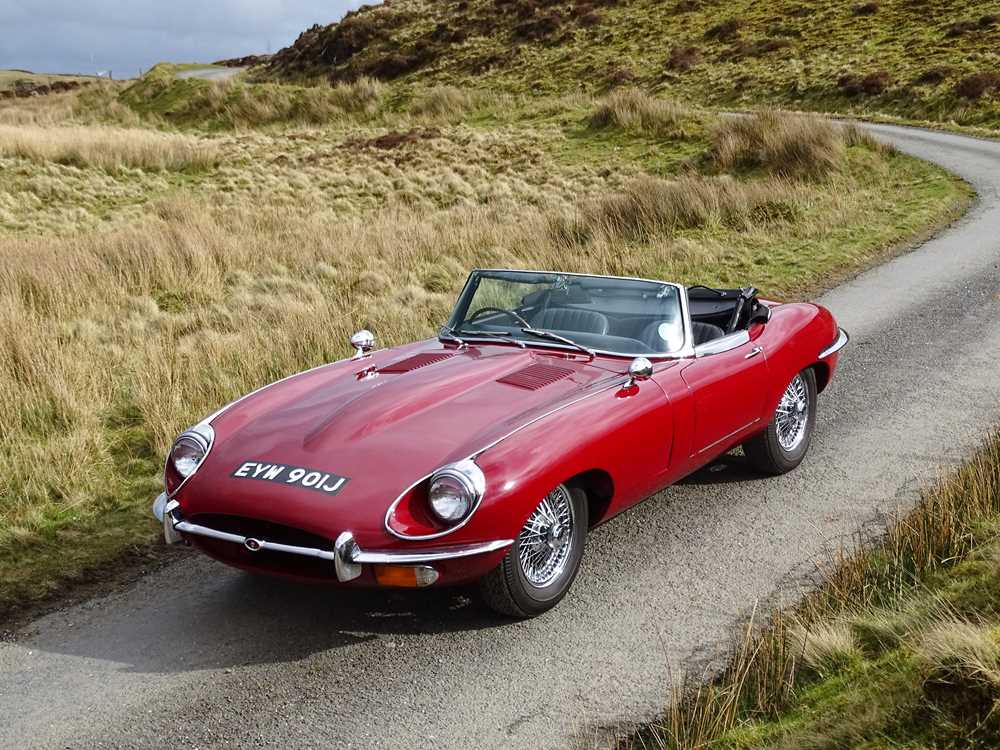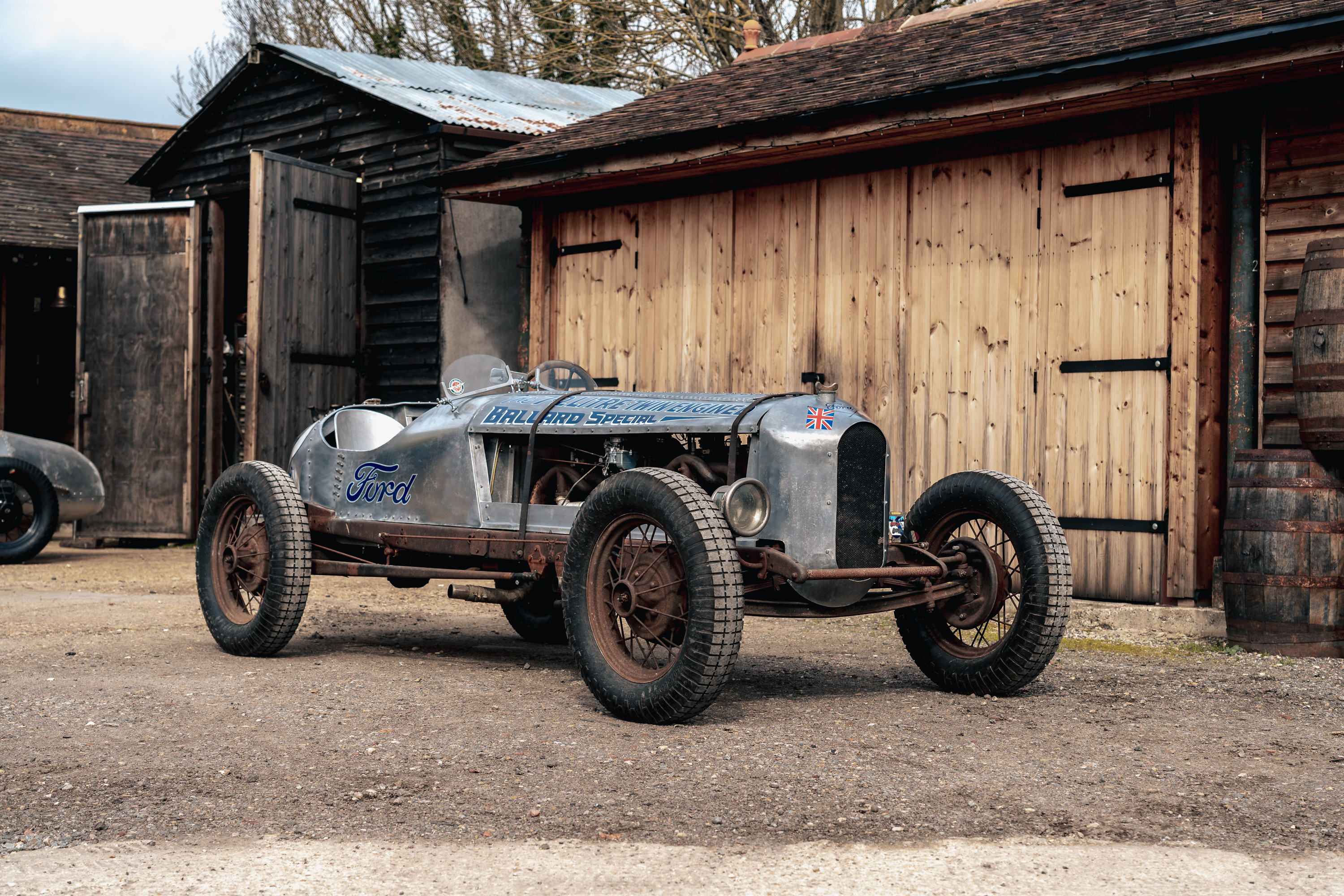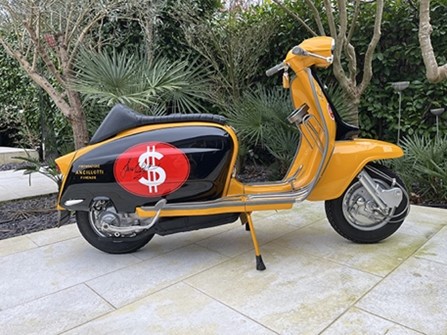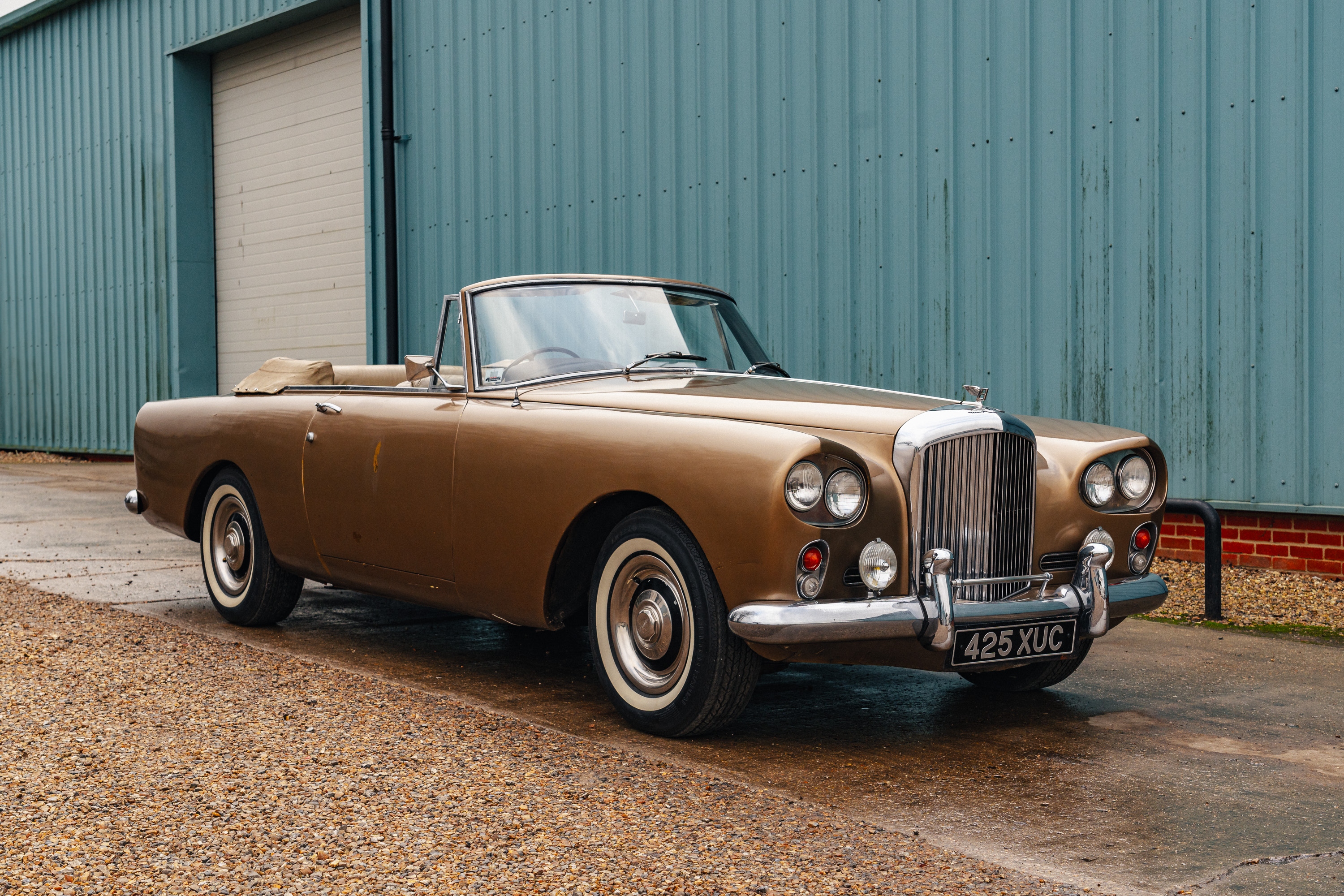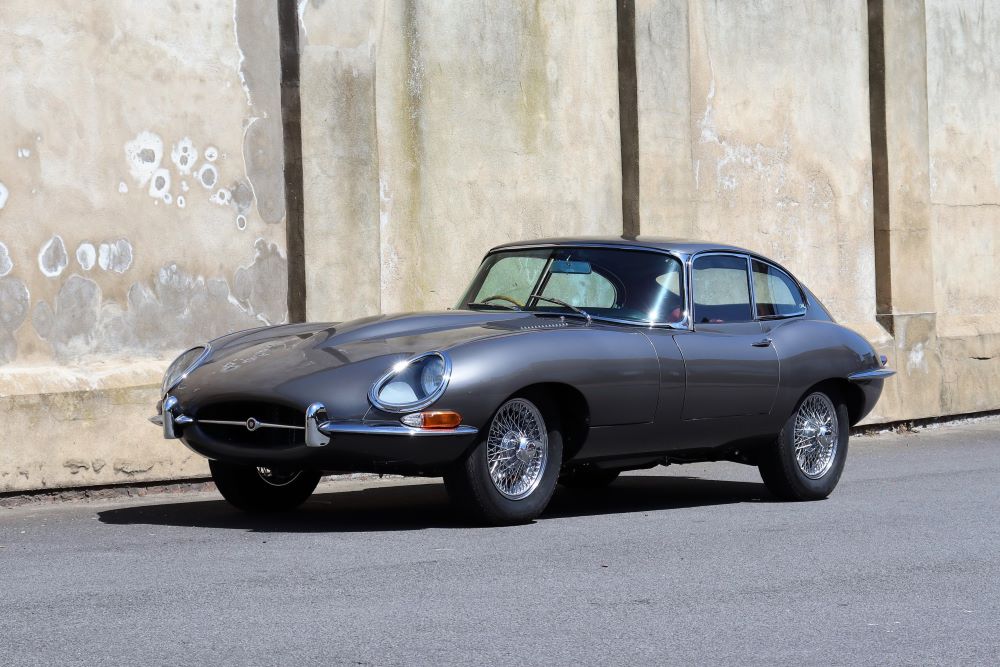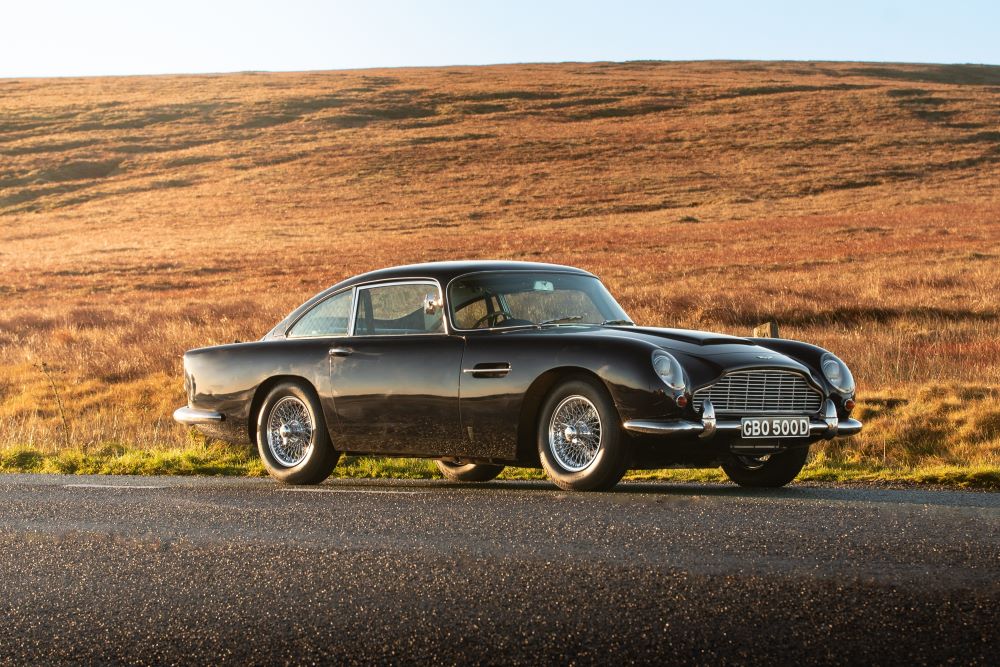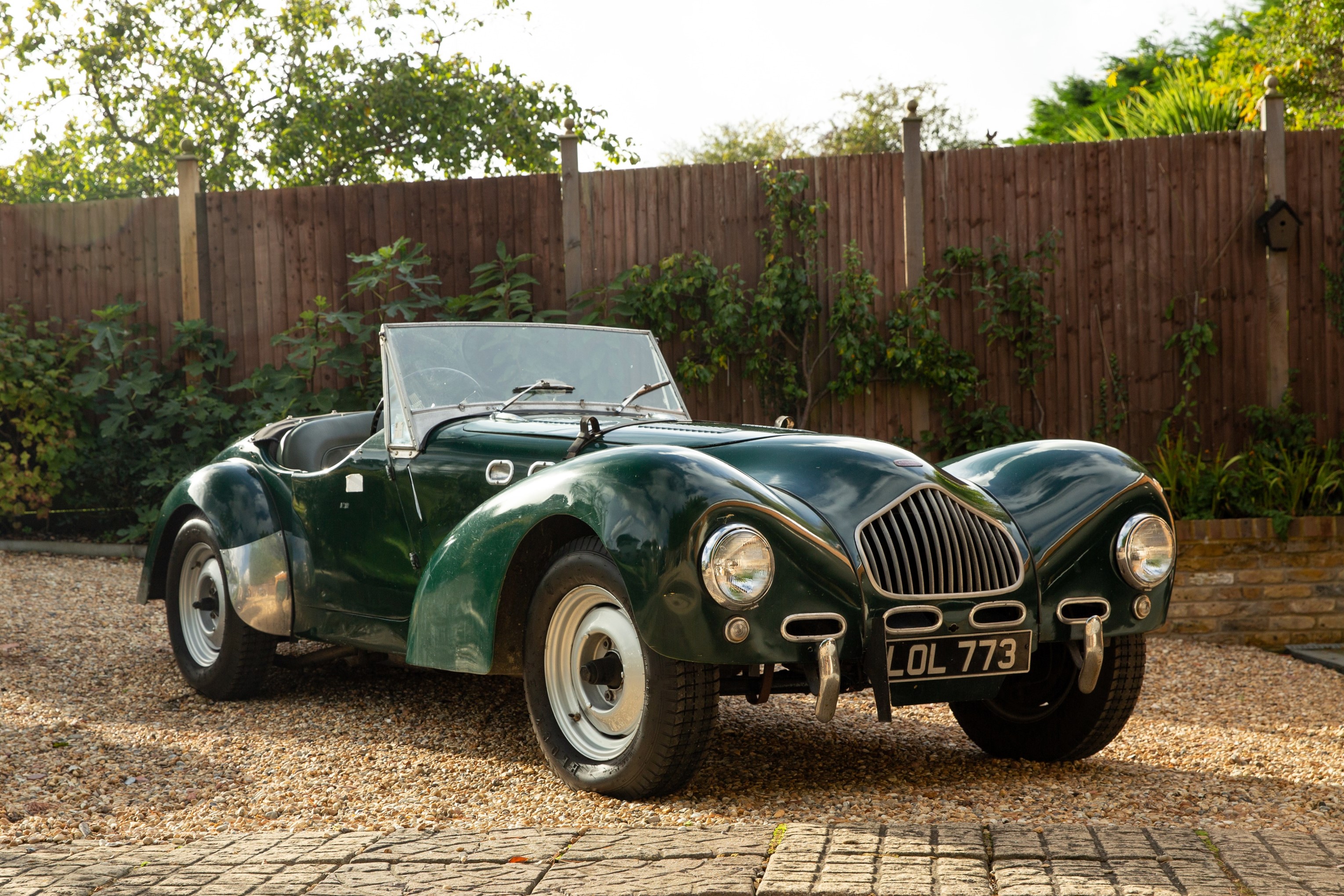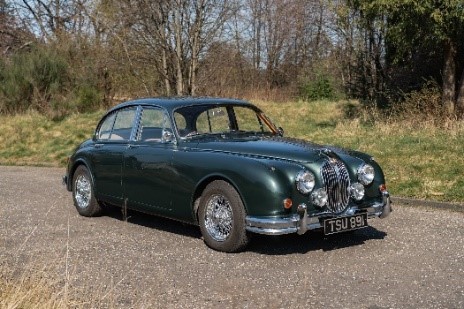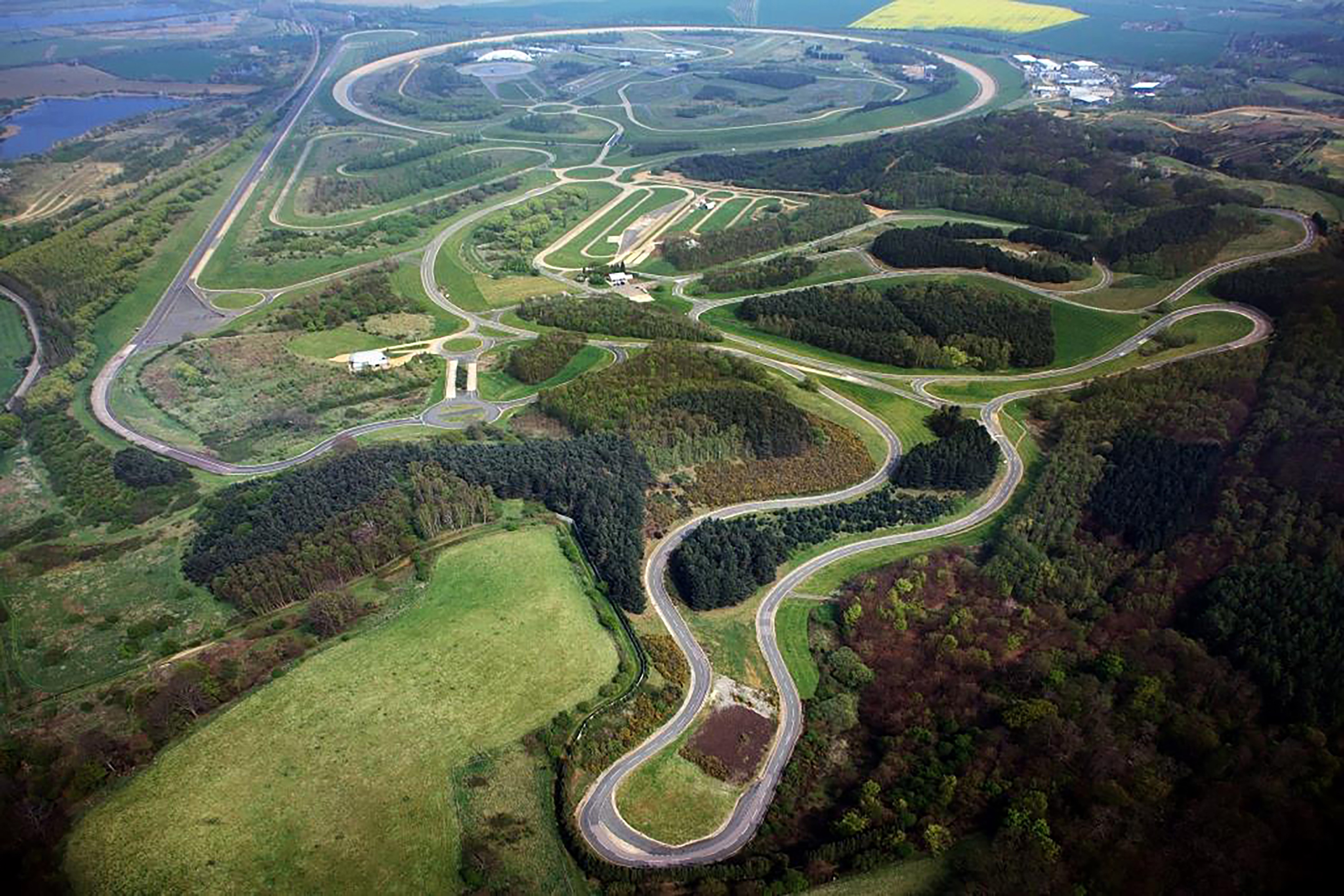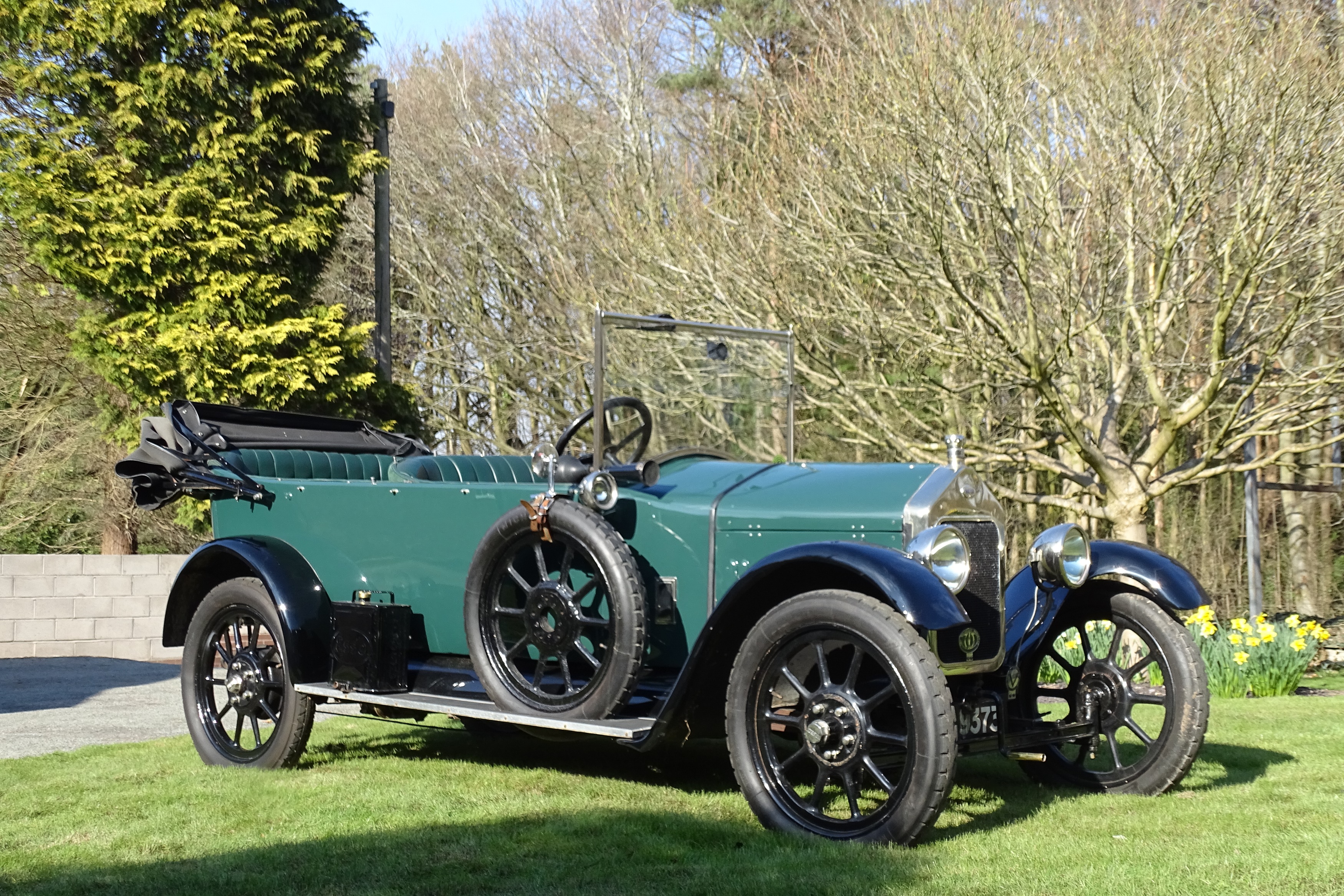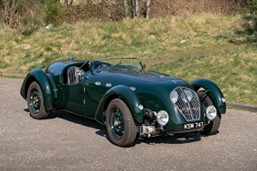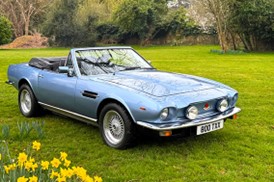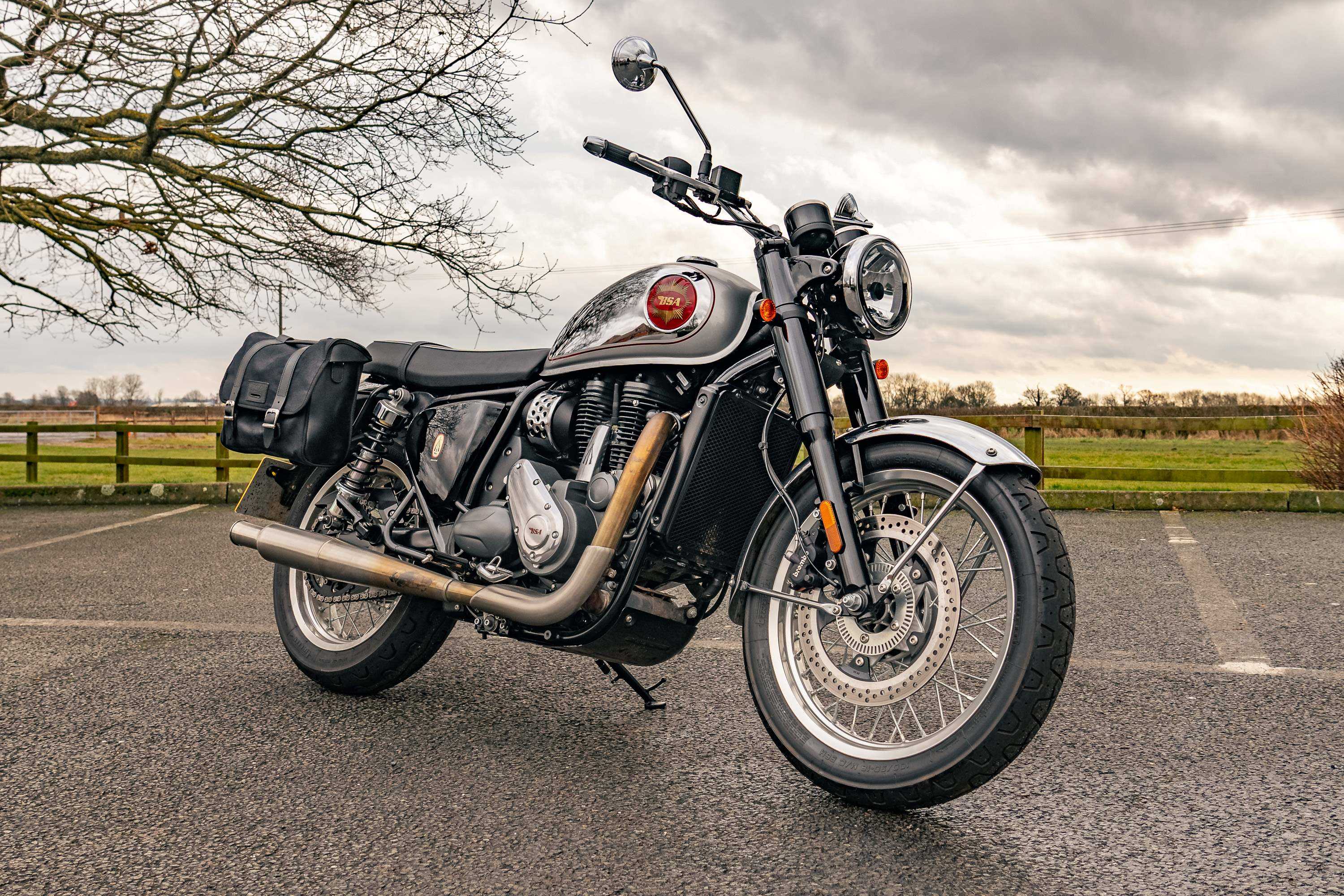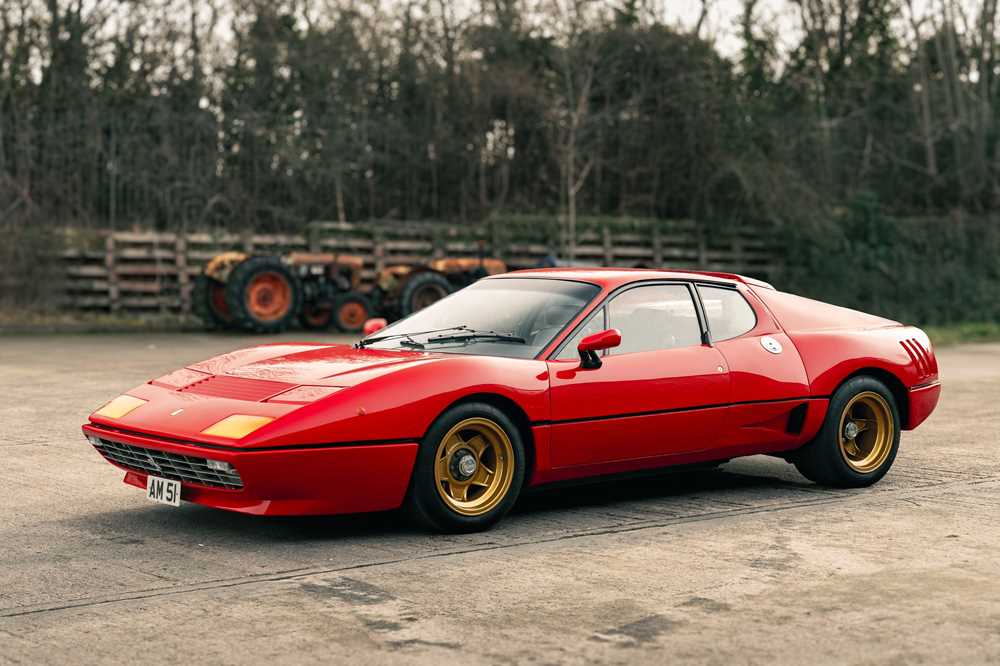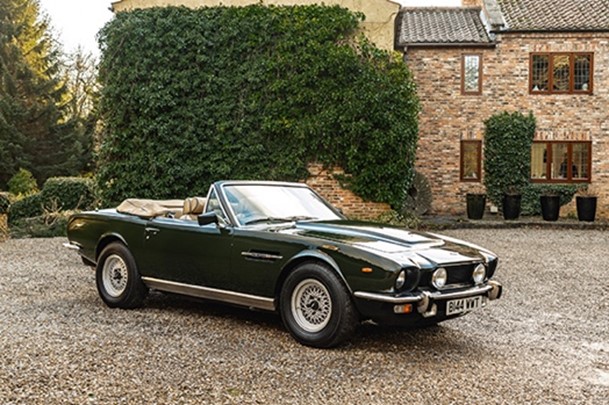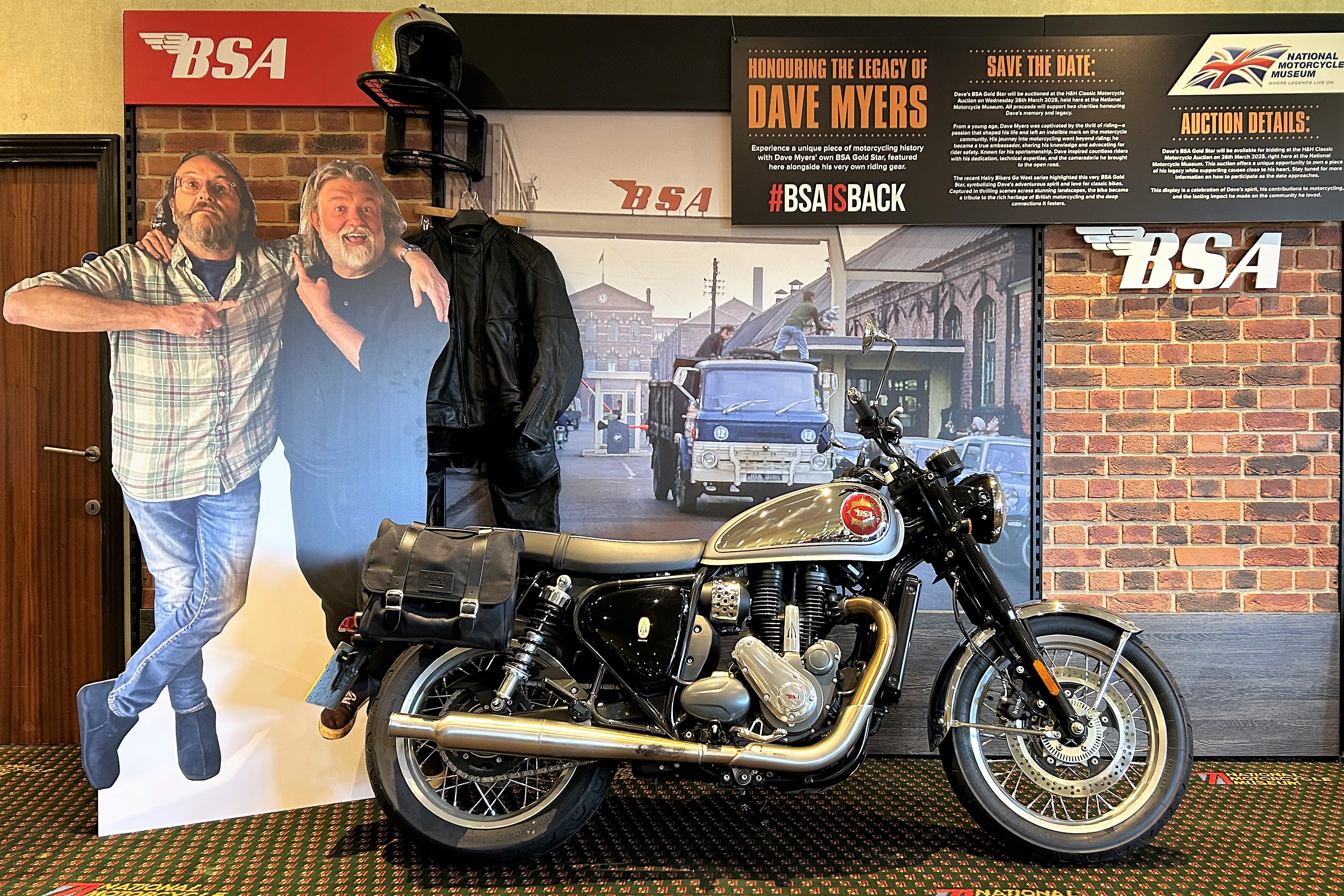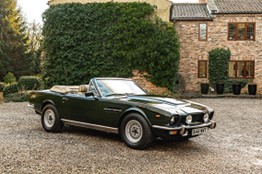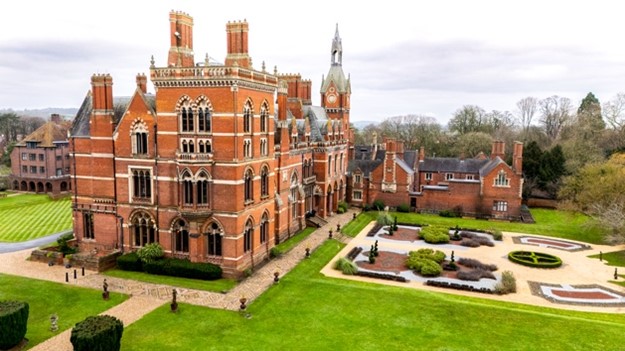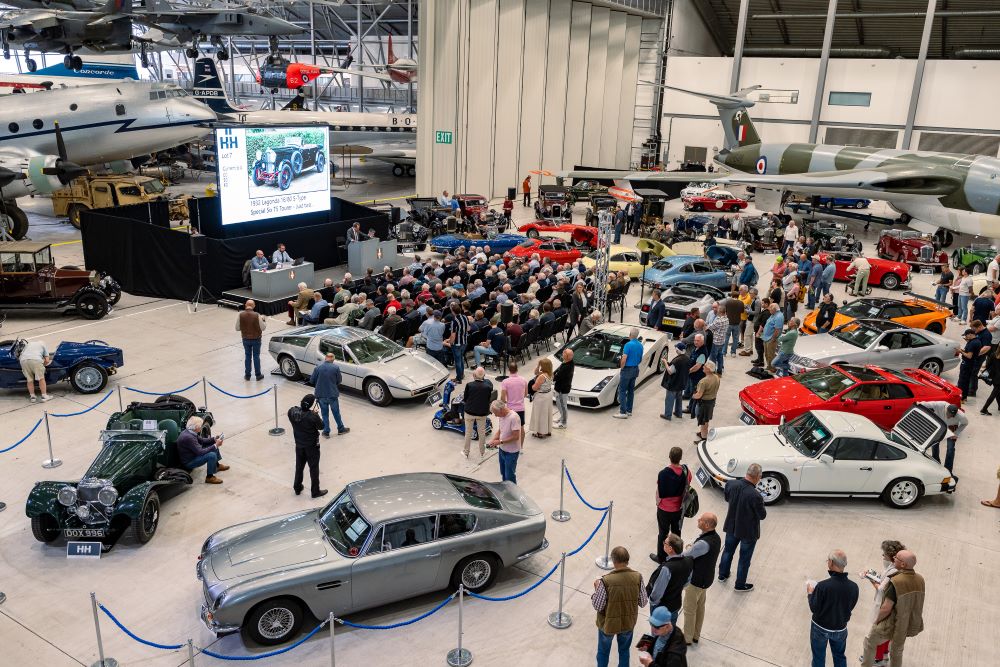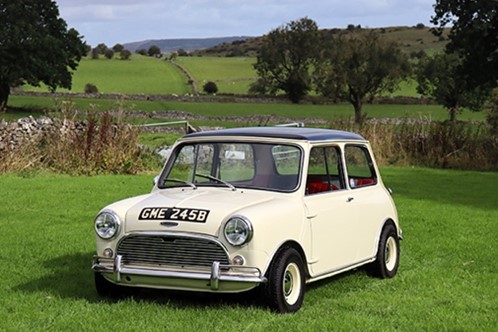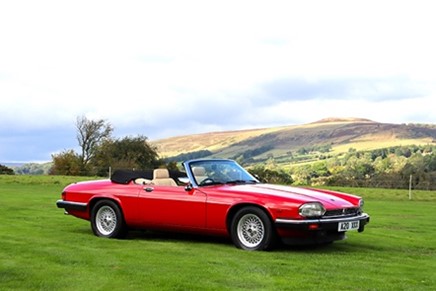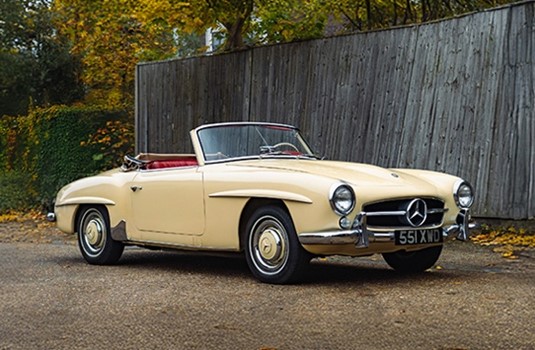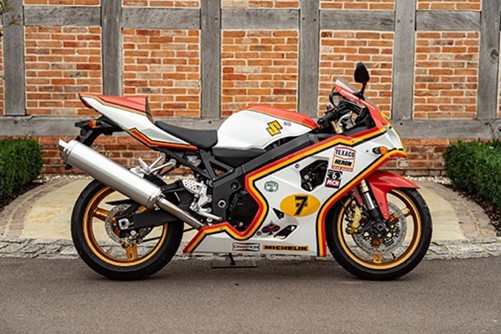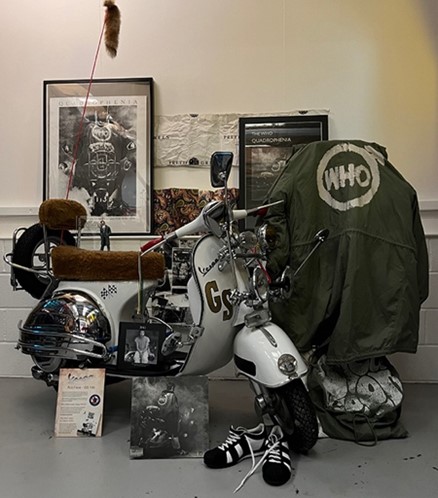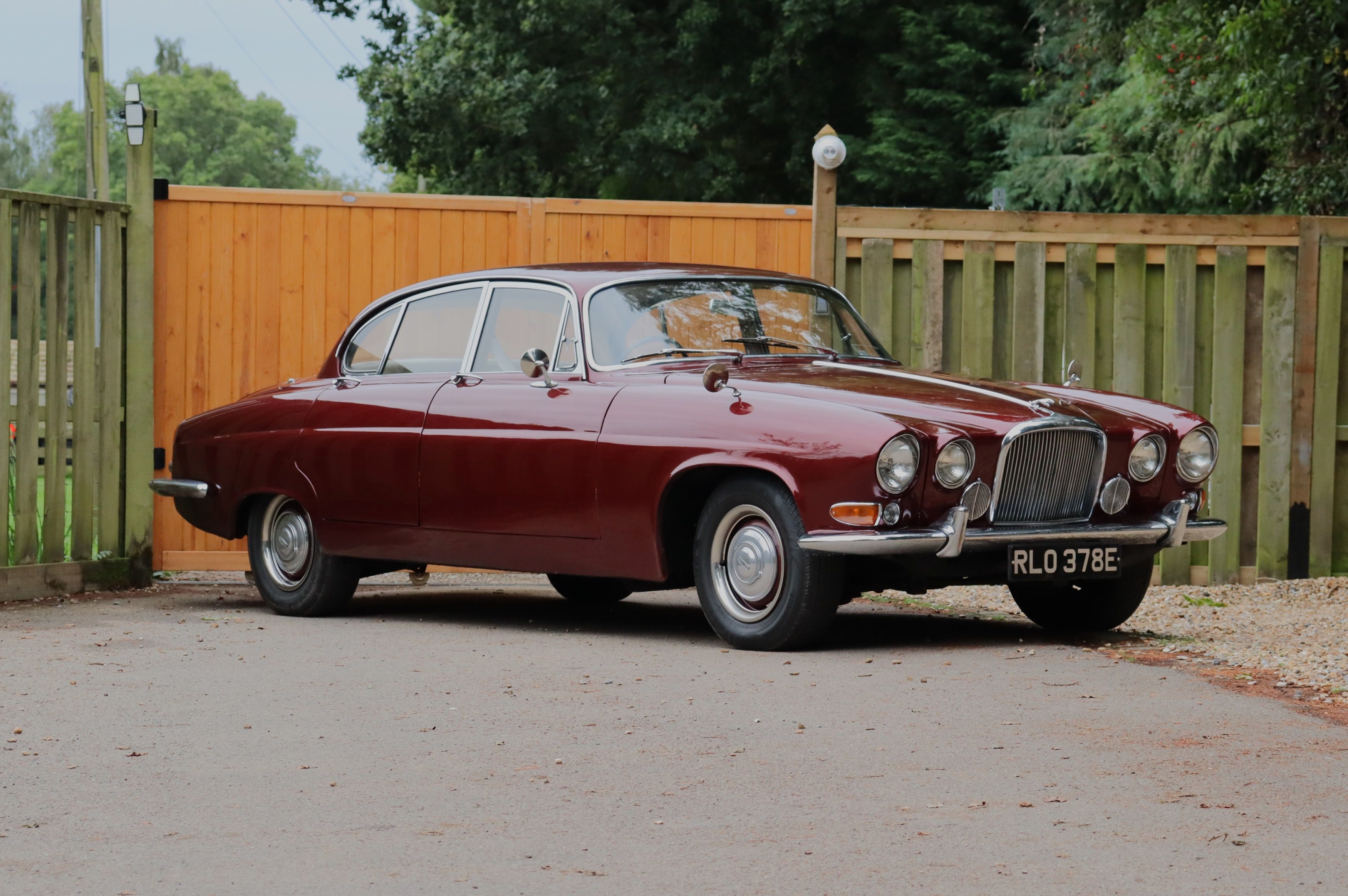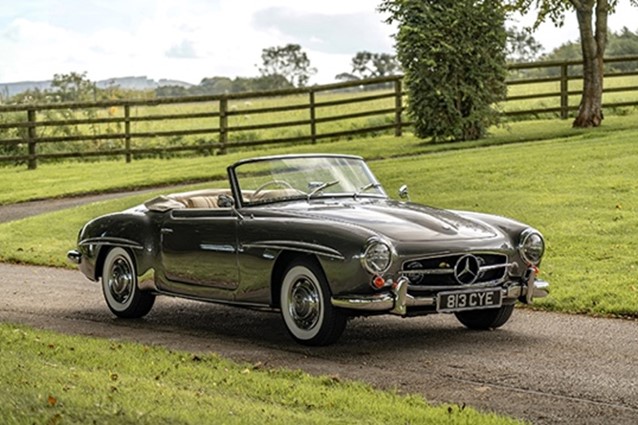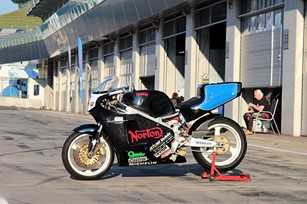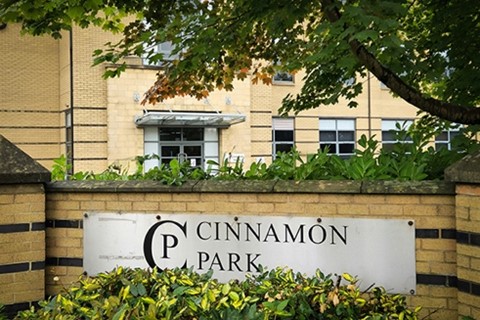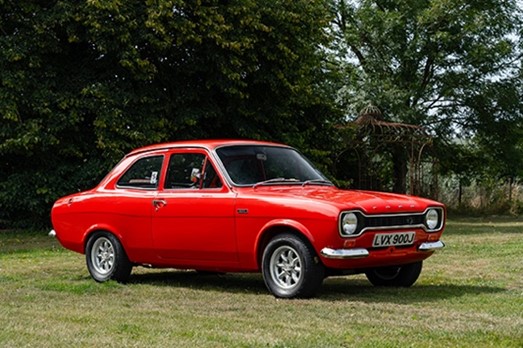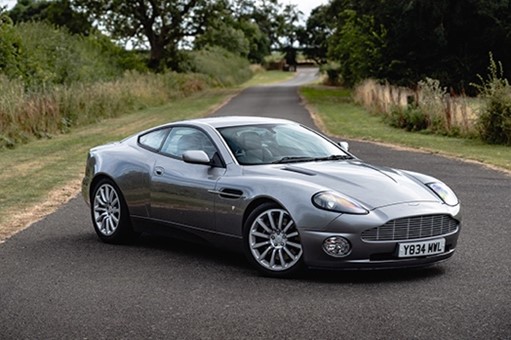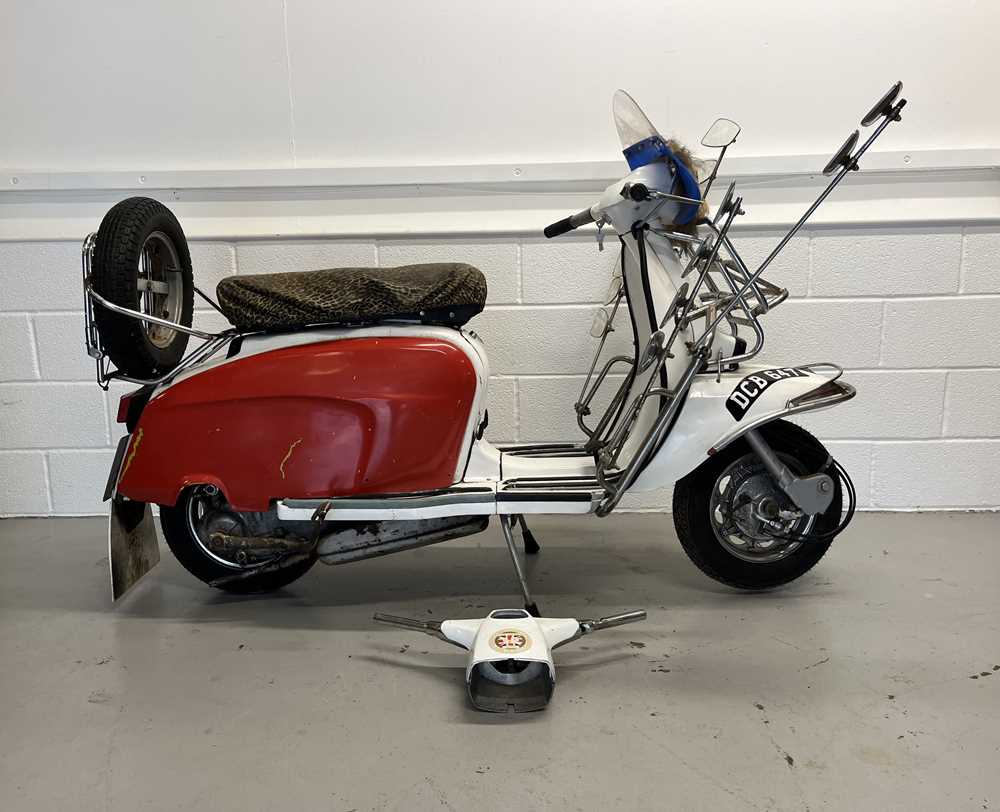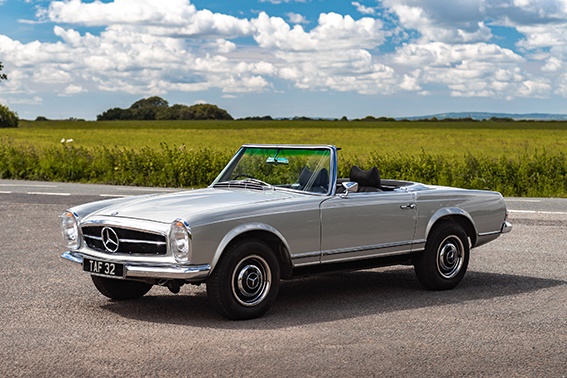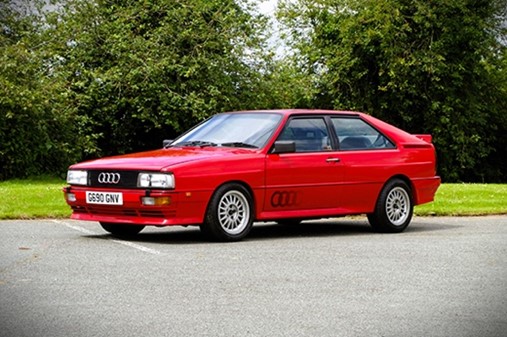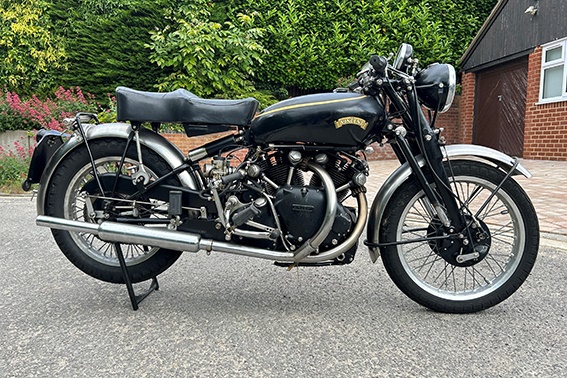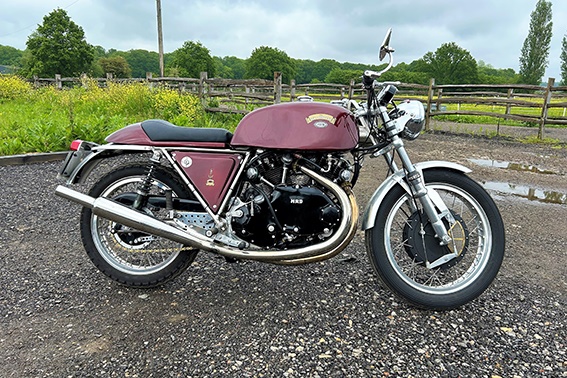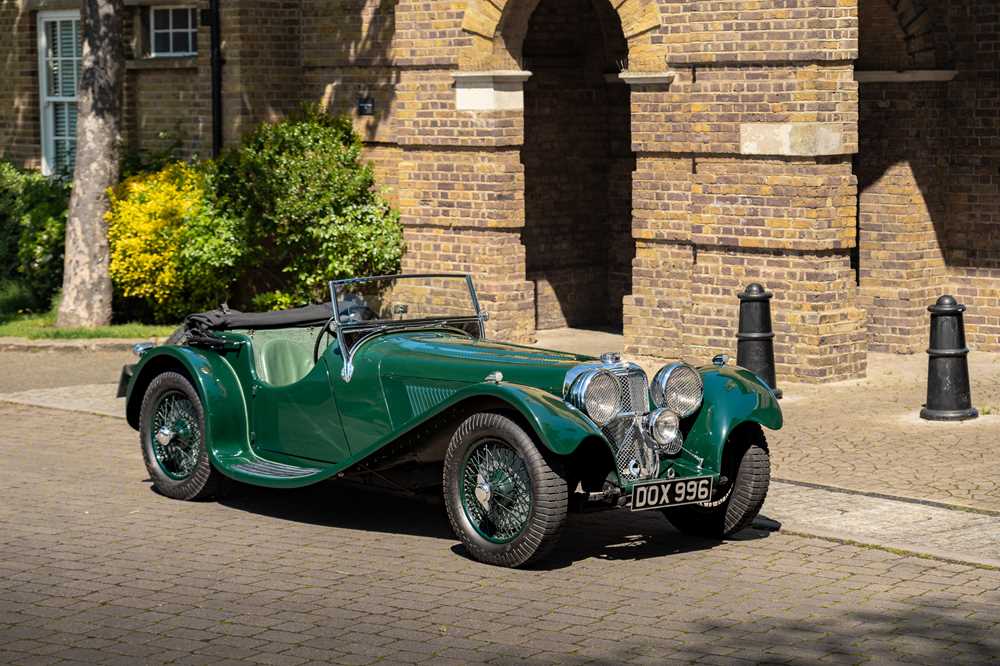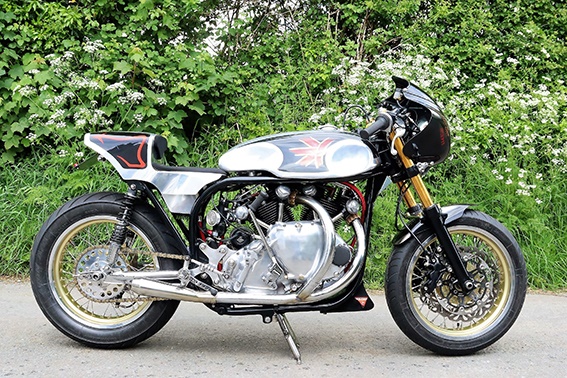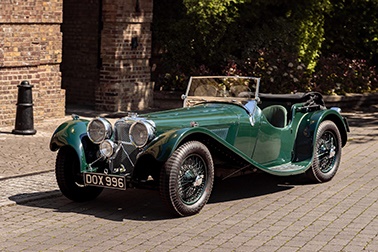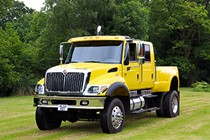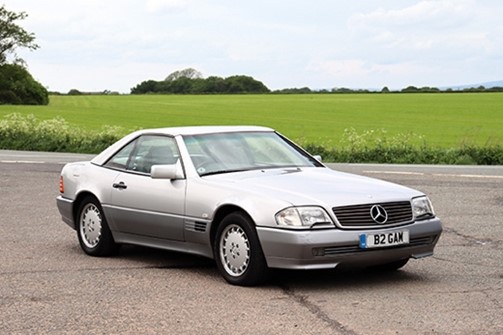8th Dec, 2004 0:00
The Pavilion Gardens

1950 Bentley MK VI Woody Shooting Brake
Estimated at £70,000 - £80,000
Lot details
Registration No: NJO 950
Chassis No: B384EY
Mot Expiry: None
Postwar Bentleys became increasingly difficult to differentiate from their Rolls-Royce equivalents through having to share design and engineering expertise, components and production facilities. The Bentley MkVI hit a WW2 performance and luxury starved UK market in 1946. Initially, the MkVI shared the same 4257cc six-cylinder engine with the Silver Wraith, though at least Bentley motors had high lift cams and twin carbs.
Unlike the Rolls, however, which was produced in separate chassis form for bespoke coachbuilt bodywork, most Bentleys had standard four-door bodyshells made for them by Pressed Steel of Oxford, whilst the MkVI cars were put together in R-R quality conditions at their Crewe works. The same bodies were also used for R-R Silver Dawns from 1949. A larger capacity 4566cc six was fitted under the bonnets of both R-R and Bentley bonnets from mid-1951.
Offered here from a discerning Cotswolds-based collector is a truly exceptional MkVI, which first left the factory in 1950 with saloon car bodywork, though has been skilfully converted in recent years to a four-door estate car in Harold Radford style with superbly executed and very period-looking traditional shooting brake coachwork hand-crafted by leading coachbuilder Rod Jolley from Lymington, Hampshire, with input from Milford On Sea restorer Paul Kitcher. The well stocked documents file contains most comprehensively descriptive invoices which detail the extraordinary amount of work carried out by these specialists to Bentley chassis number 8384 EY which is presented in Balmoral Green with light green leather interior and much nostalgic woodwork.
The paperwork confirms that the transformation commenced in April 2000 with the dismantling of all useable parts from the rear of the vehicle and cutting off the unwanted roof and tail panels and the templating and developing of the required shooting brake shape. In May 2000 alone, £8607 46p was spent on achieving the first steel sections of the estate bodywork so that wooden doors and rear timberwork could be accommodated later on. Further bills are on file for £9415 36p spent in June, £6333 39p July, £4452 73p August, £5064 30p September, £6440 87p October, £8667 November, £4551 19p December and another £9117 01p during January 2001 completed the main exterior work.
Much detailed attention to both the outside as well as the inside of the car, including the stripping of the front passenger seat and the re-engineering the seat frame to accept the reclining mechanism from a DB6, cost a further £12,391 62 in February 2001, and the floors were painted, B-posts leaded and rear sliding window handles fabricated in March.
A laminated and heated windscreen cost £300 74p in April 2002, a pair of R-R Type exhaust manifolds £424 21p and a clutch friction plate £260.49p in October, and a brake master cylinder £264 27p in January 2003, by when £5581 25p had been spent on repainting. Also on file are further invoices for £5167 85p for re-assembly and £2265 for plating and anodising and a new bumper in March 2003. A complete retrim and new tailor-made carpets cost £6392 in August, and transporting the car to/from the trimmers, removing the rear springs, re-setting them with extra leaves to better handle the new rear end and refitting same involved further expenditure of £545 07p and £590 43p in September of last year.
Whilst most recently, in March of this year, £3877 26p was invested in finishing off, sorting minor mechanical and electrical niggles following a test drive and completing the detailing to the highest standards of such items as fabricating door cappings in walnut, and varnishing the fold-out tables and the fishing rod holders!
From the simply vast amount of work done-not forgetting the huge sums of money spent-this has to be the ultimate Bentley MkVI and, in this shooting brake form, truly unique and unrepeatable, too, and it could be yours today for considerably less that it has cost to create.
Registration No: NJO 950
Chassis No: B384EY
Mot Expiry: None
Postwar Bentleys became increasingly difficult to differentiate from their Rolls-Royce equivalents through having to share design and engineering expertise, components and production facilities. The Bentley MkVI hit a WW2 performance and luxury starved UK market in 1946. Initially, the MkVI shared the same 4257cc six-cylinder engine with the Silver Wraith, though at least Bentley motors had high lift cams and twin carbs.
Unlike the Rolls, however, which was produced in separate chassis form for bespoke coachbuilt bodywork, most Bentleys had standard four-door bodyshells made for them by Pressed Steel of Oxford, whilst the MkVI cars were put together in R-R quality conditions at their Crewe works. The same bodies were also used for R-R Silver Dawns from 1949. A larger capacity 4566cc six was fitted under the bonnets of both R-R and Bentley bonnets from mid-1951.
Offered here from a discerning Cotswolds-based collector is a truly exceptional MkVI, which first left the factory in 1950 with saloon car bodywork, though has been skilfully converted in recent years to a four-door estate car in Harold Radford style with superbly executed and very period-looking traditional shooting brake coachwork hand-crafted by leading coachbuilder Rod Jolley from Lymington, Hampshire, with input from Milford On Sea restorer Paul Kitcher. The well stocked documents file contains most comprehensively descriptive invoices which detail the extraordinary amount of work carried out by these specialists to Bentley chassis number 8384 EY which is presented in Balmoral Green with light green leather interior and much nostalgic woodwork.
The paperwork confirms that the transformation commenced in April 2000 with the dismantling of all useable parts from the rear of the vehicle and cutting off the unwanted roof and tail panels and the templating and developing of the required shooting brake shape. In May 2000 alone, £8607 46p was spent on achieving the first steel sections of the estate bodywork so that wooden doors and rear timberwork could be accommodated later on. Further bills are on file for £9415 36p spent in June, £6333 39p July, £4452 73p August, £5064 30p September, £6440 87p October, £8667 November, £4551 19p December and another £9117 01p during January 2001 completed the main exterior work.
Much detailed attention to both the outside as well as the inside of the car, including the stripping of the front passenger seat and the re-engineering the seat frame to accept the reclining mechanism from a DB6, cost a further £12,391 62 in February 2001, and the floors were painted, B-posts leaded and rear sliding window handles fabricated in March.
A laminated and heated windscreen cost £300 74p in April 2002, a pair of R-R Type exhaust manifolds £424 21p and a clutch friction plate £260.49p in October, and a brake master cylinder £264 27p in January 2003, by when £5581 25p had been spent on repainting. Also on file are further invoices for £5167 85p for re-assembly and £2265 for plating and anodising and a new bumper in March 2003. A complete retrim and new tailor-made carpets cost £6392 in August, and transporting the car to/from the trimmers, removing the rear springs, re-setting them with extra leaves to better handle the new rear end and refitting same involved further expenditure of £545 07p and £590 43p in September of last year.
Whilst most recently, in March of this year, £3877 26p was invested in finishing off, sorting minor mechanical and electrical niggles following a test drive and completing the detailing to the highest standards of such items as fabricating door cappings in walnut, and varnishing the fold-out tables and the fishing rod holders!
From the simply vast amount of work done-not forgetting the huge sums of money spent-this has to be the ultimate Bentley MkVI and, in this shooting brake form, truly unique and unrepeatable, too, and it could be yours today for considerably less that it has cost to create.
Auction: The Pavilion Gardens, 8th Dec, 2004
All successful bids must be paid in full by midday the day after the auction at the latest.
You can collect your new pride and joy from our venue until 1pm the day following the sale or our partners are on hand to help arrange safe transportation:
Do you have an item to sell?
If so, contact one of our friendly specialists for your free valuation by completing the form below and someone will get back to you as quickly as possible.
If you prefer to speak to humans, don't hesitate to call our office on +44 (0)1925 210035
Other lots in this sale


